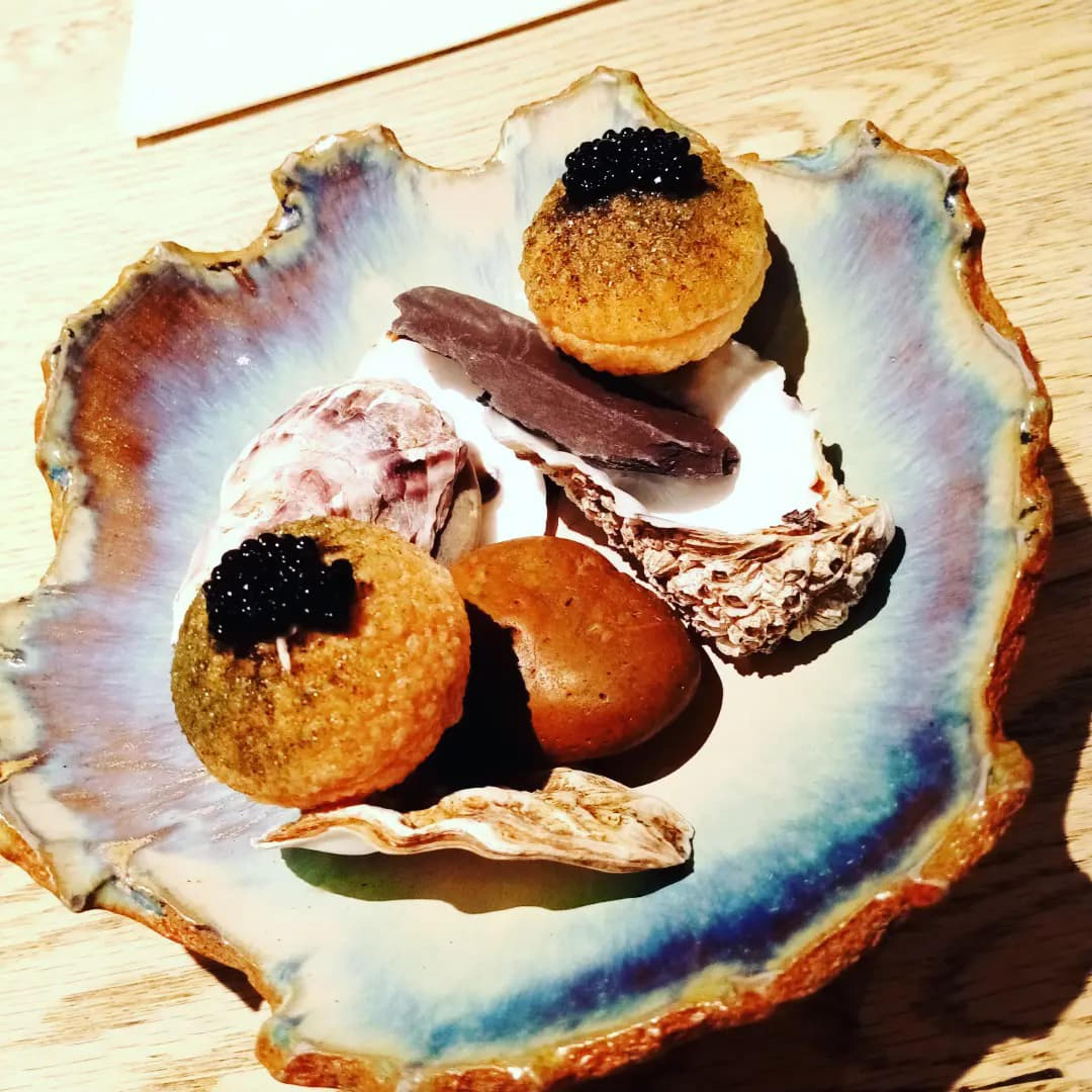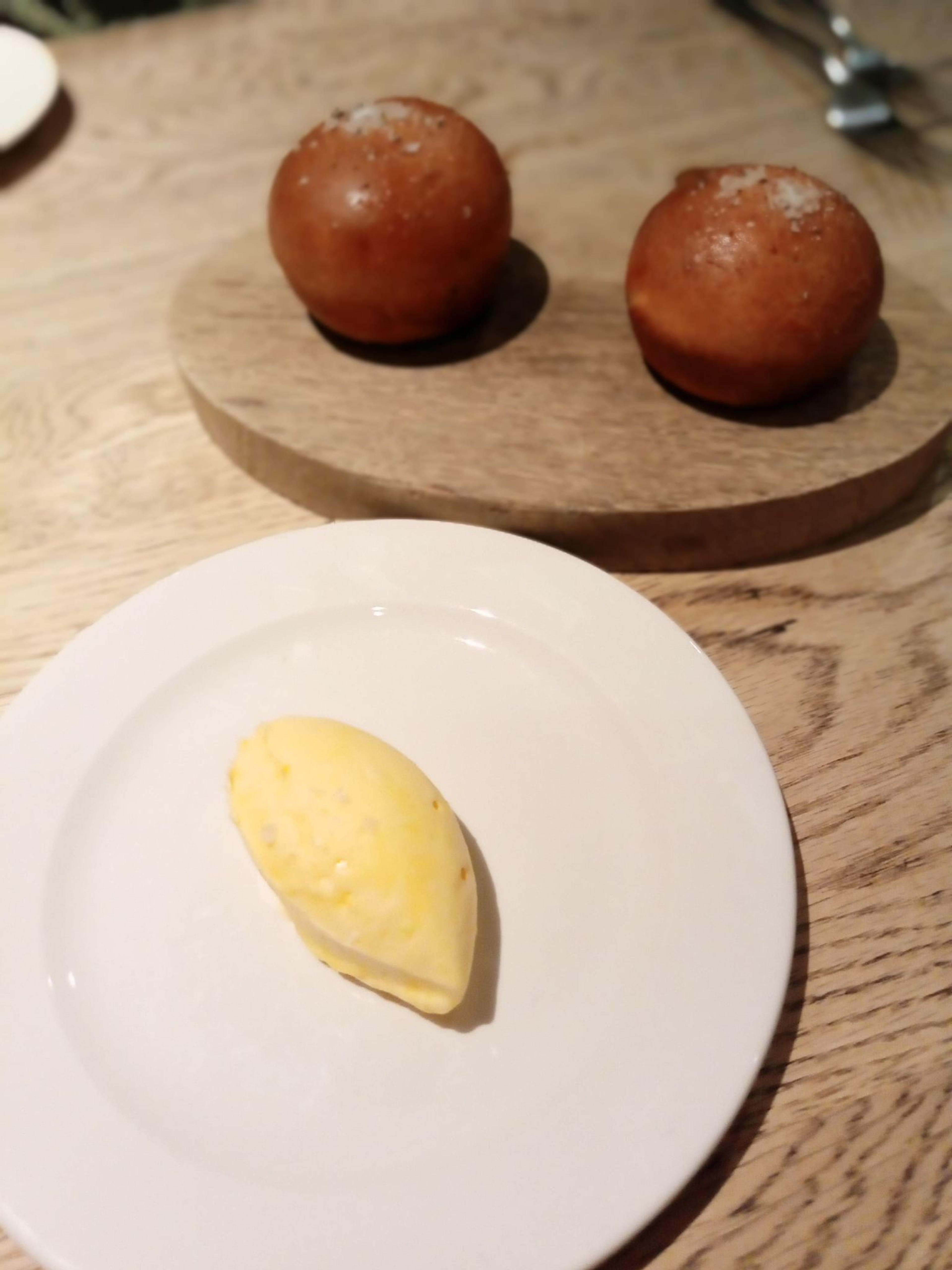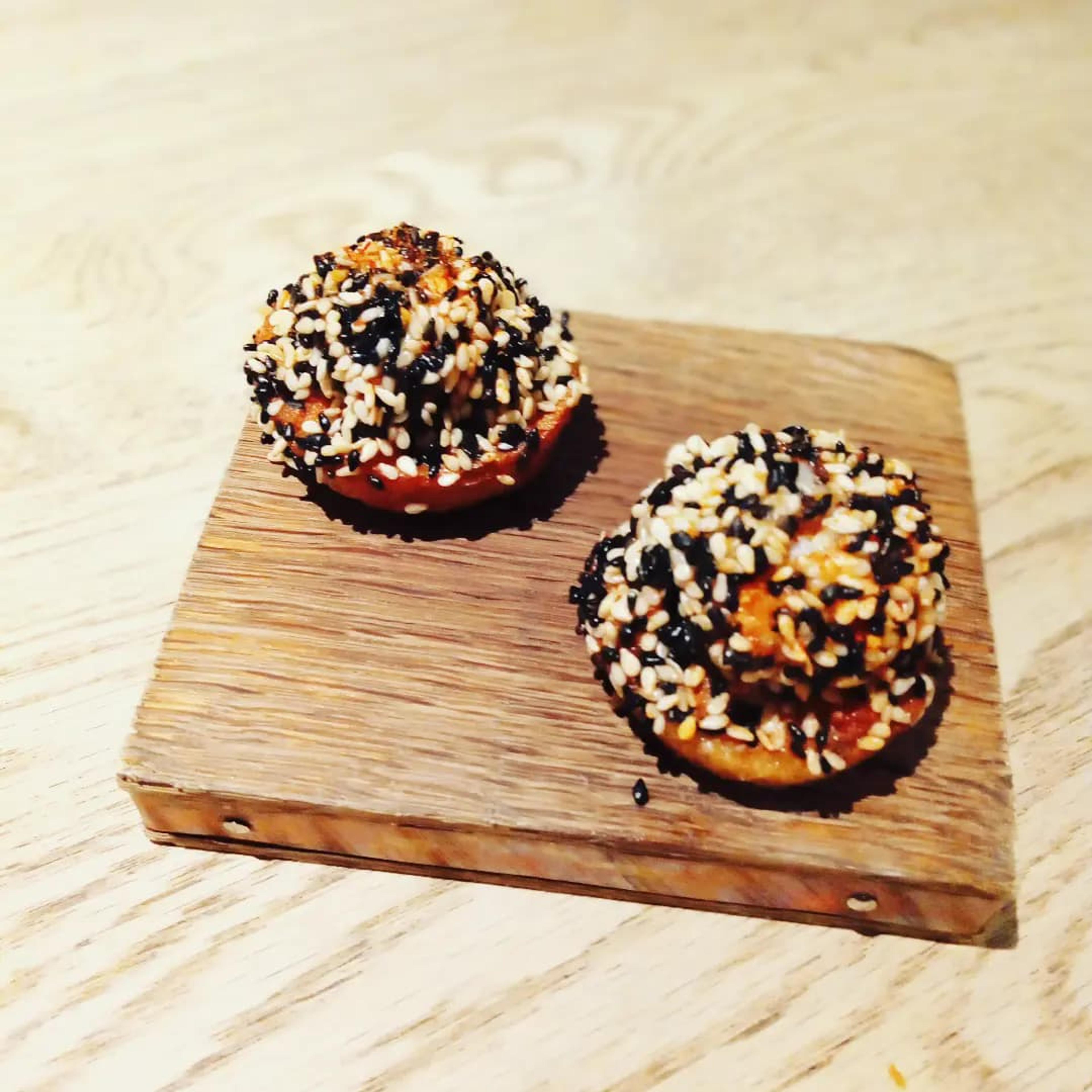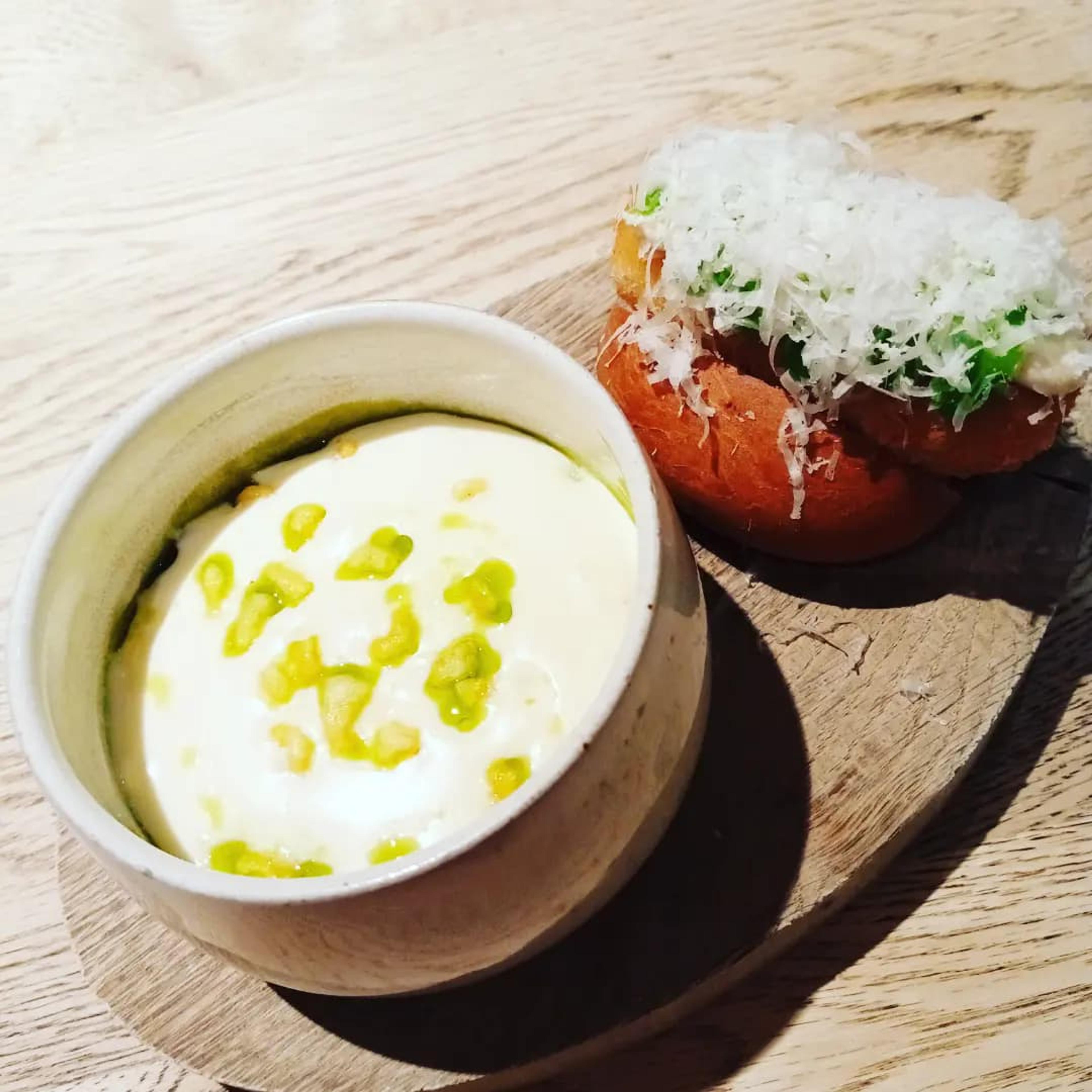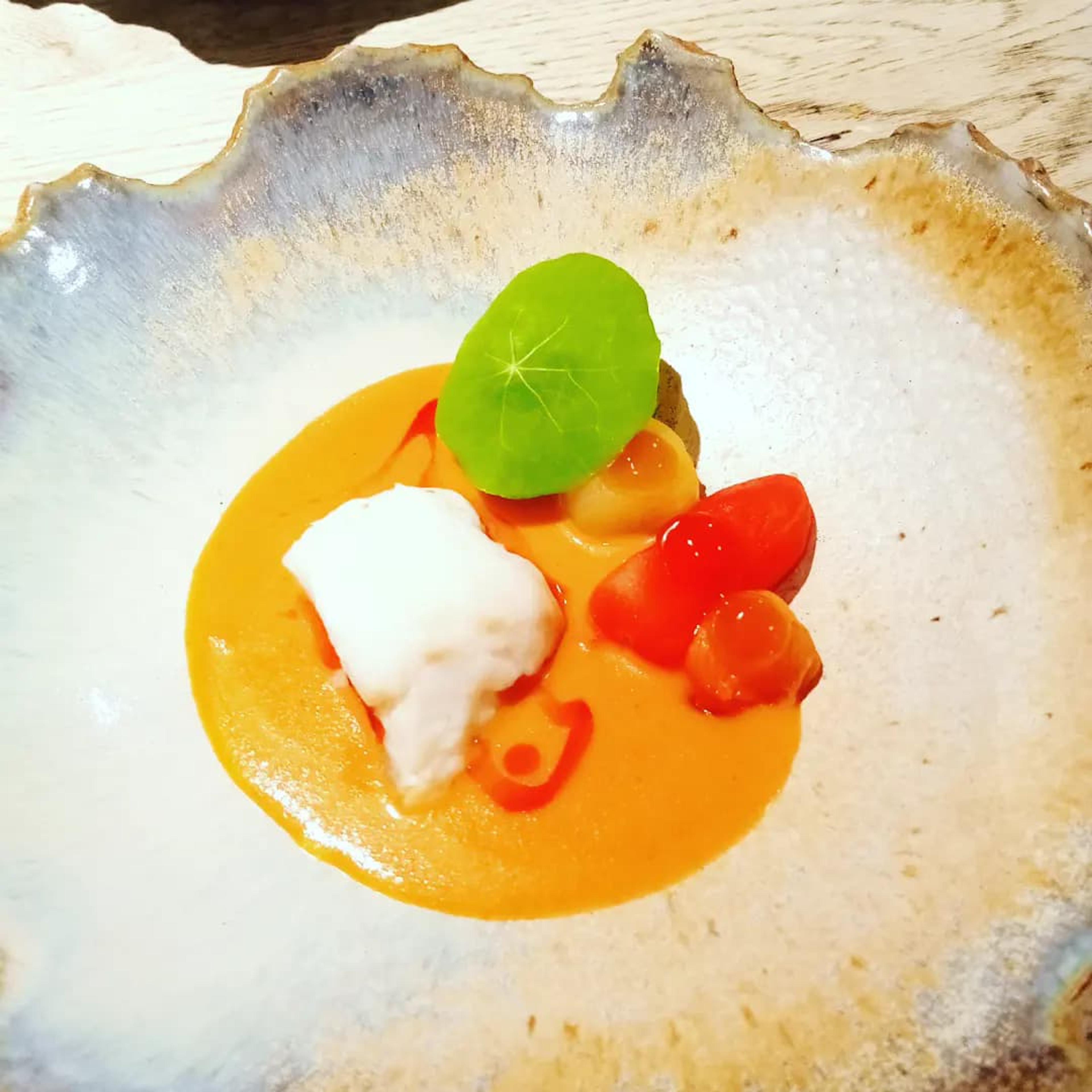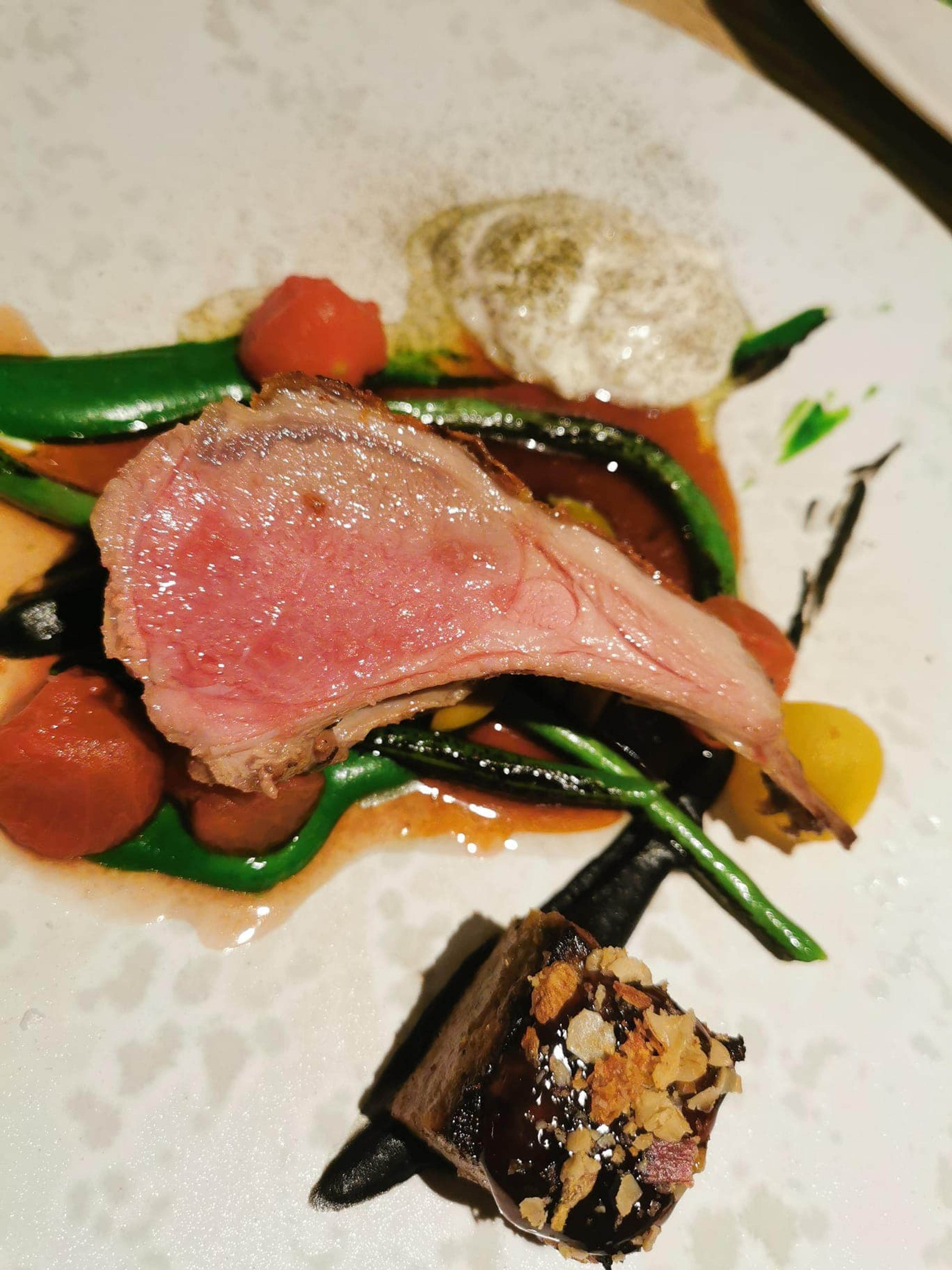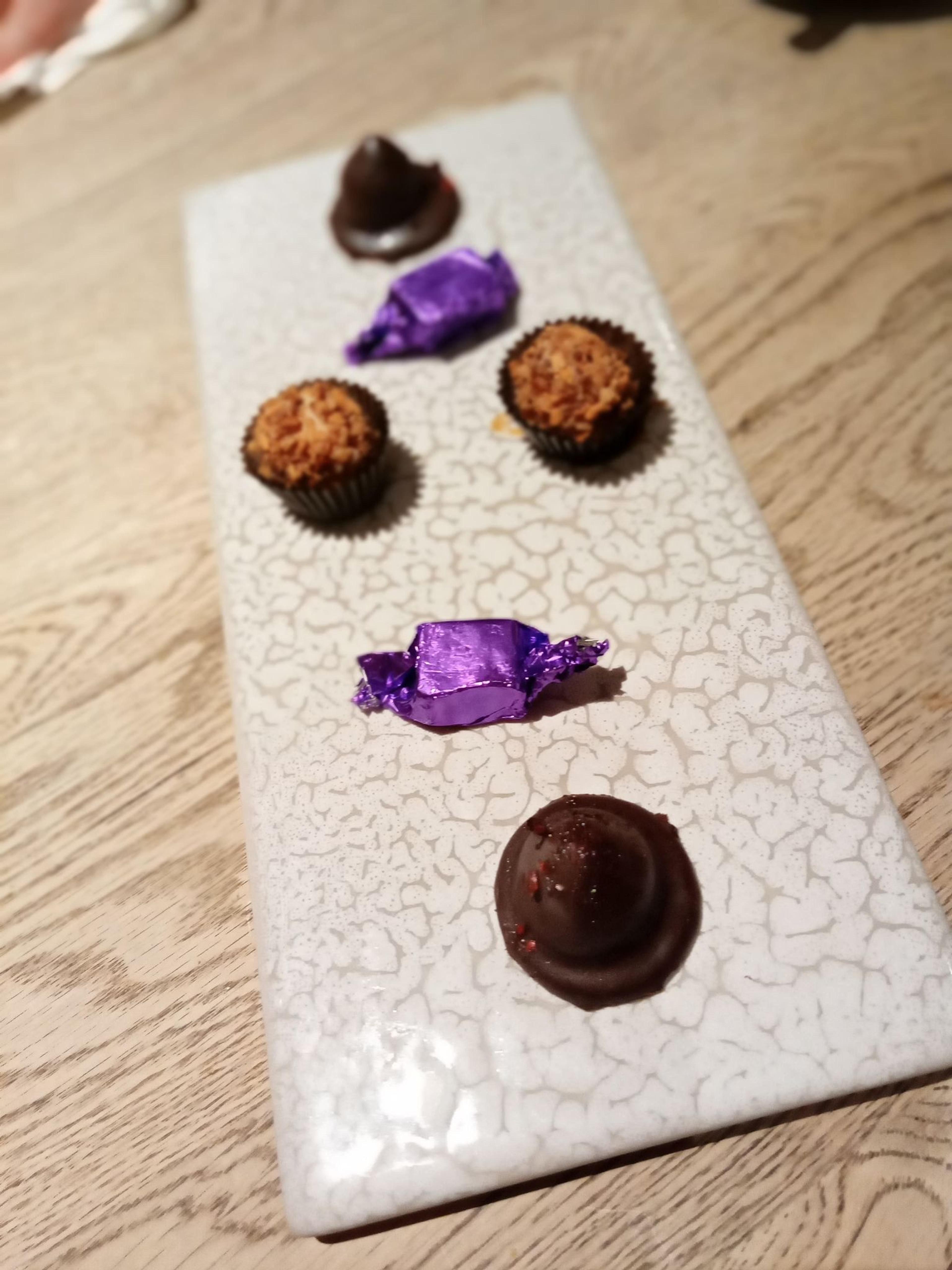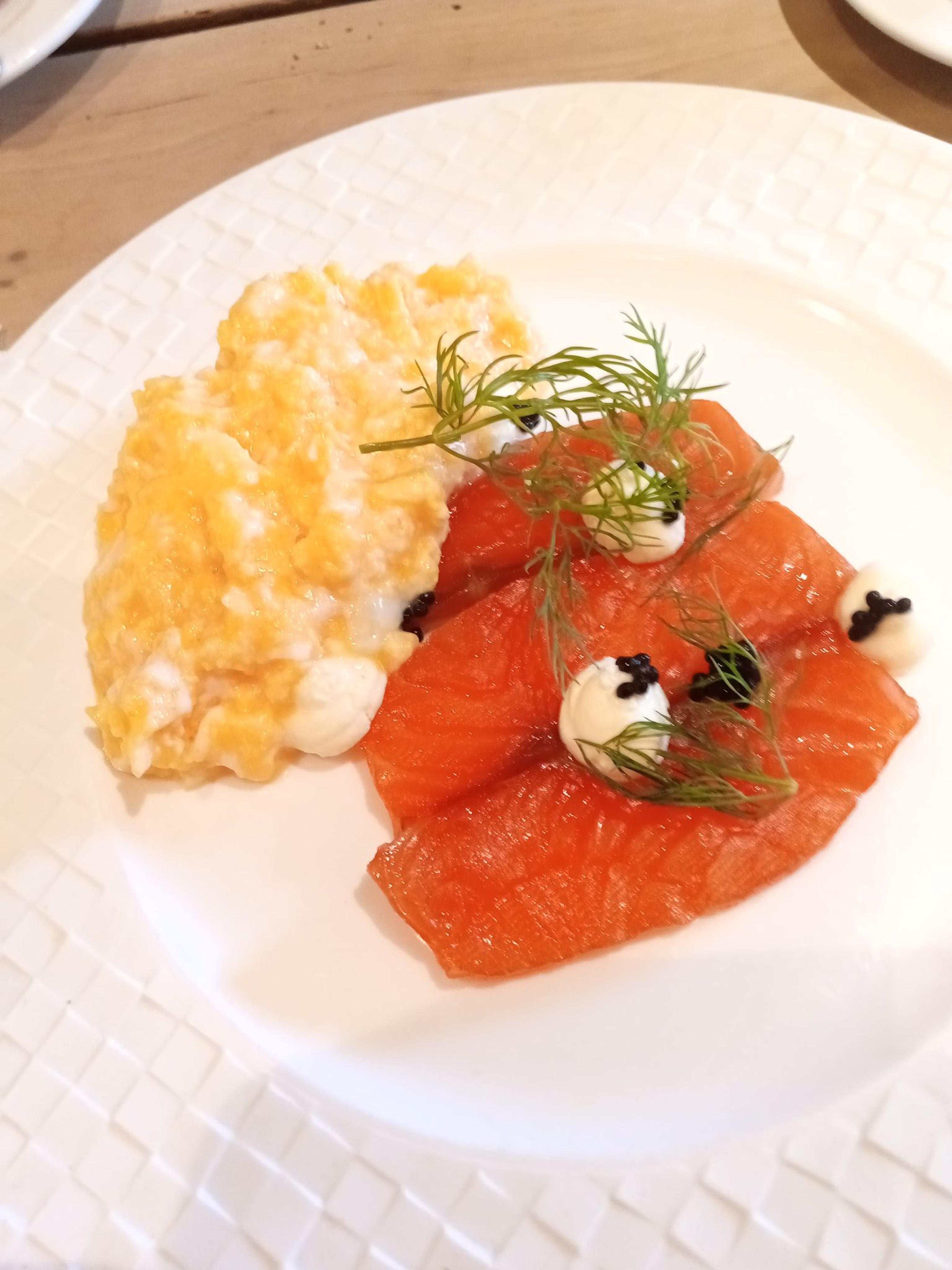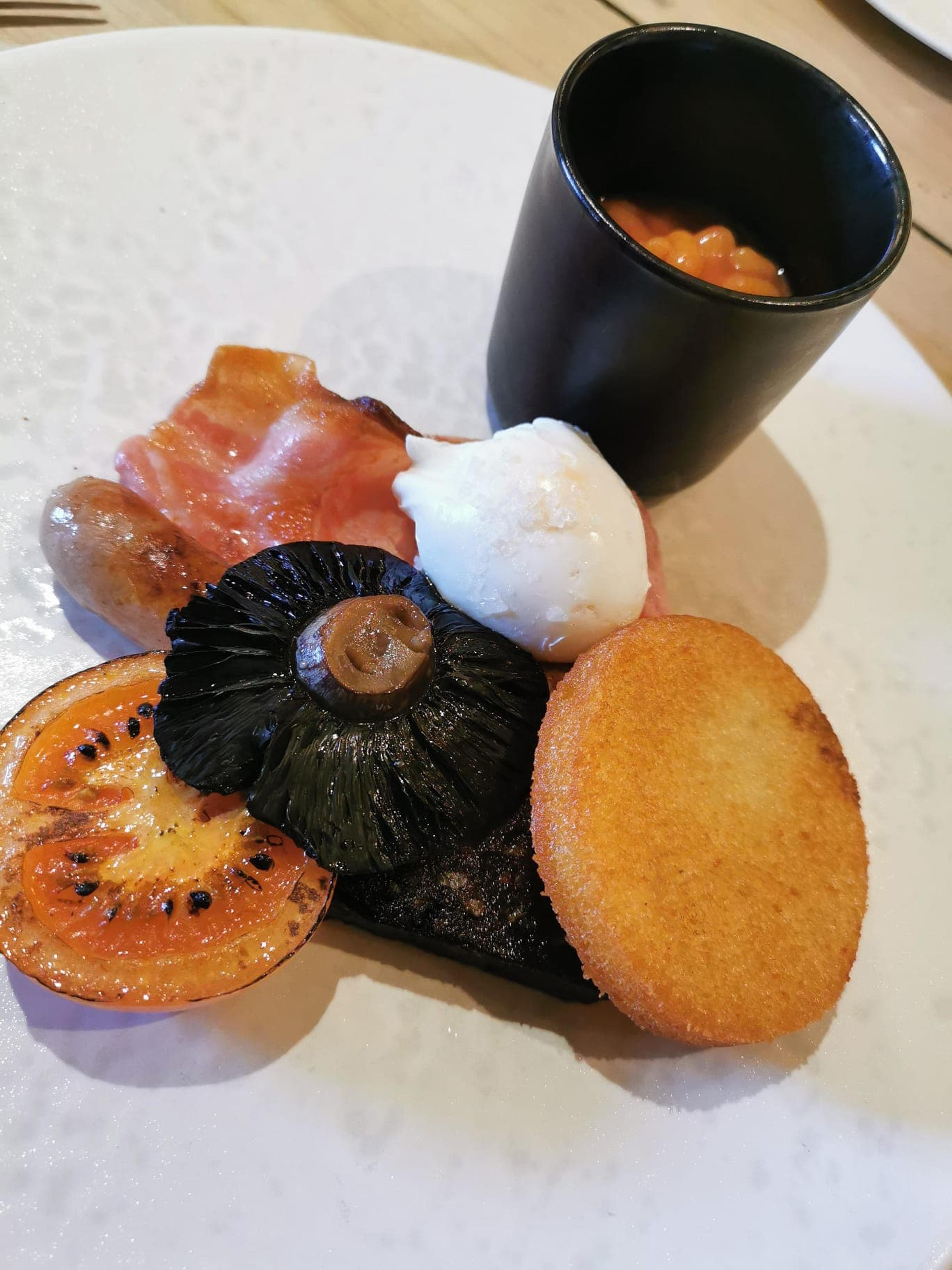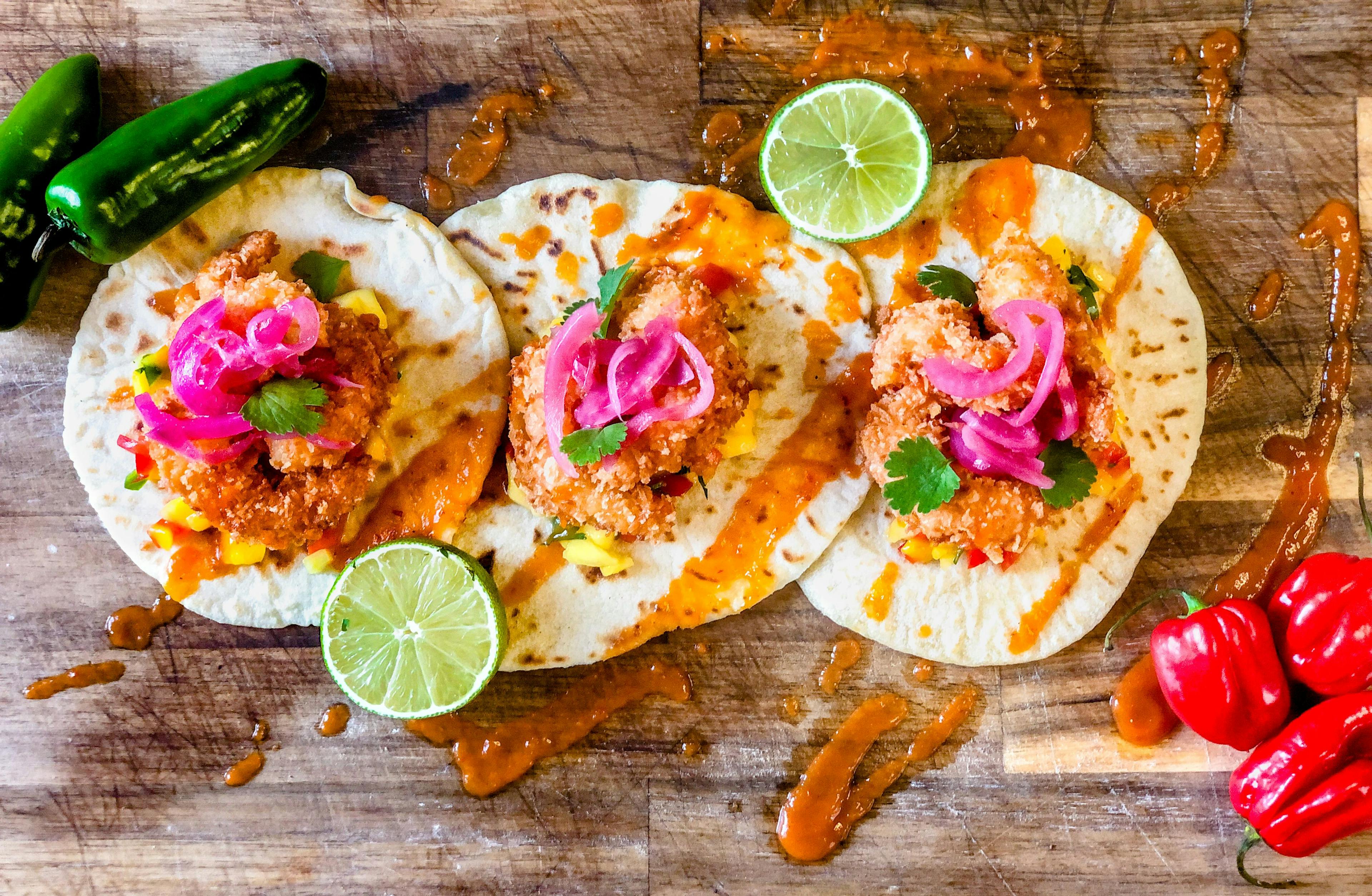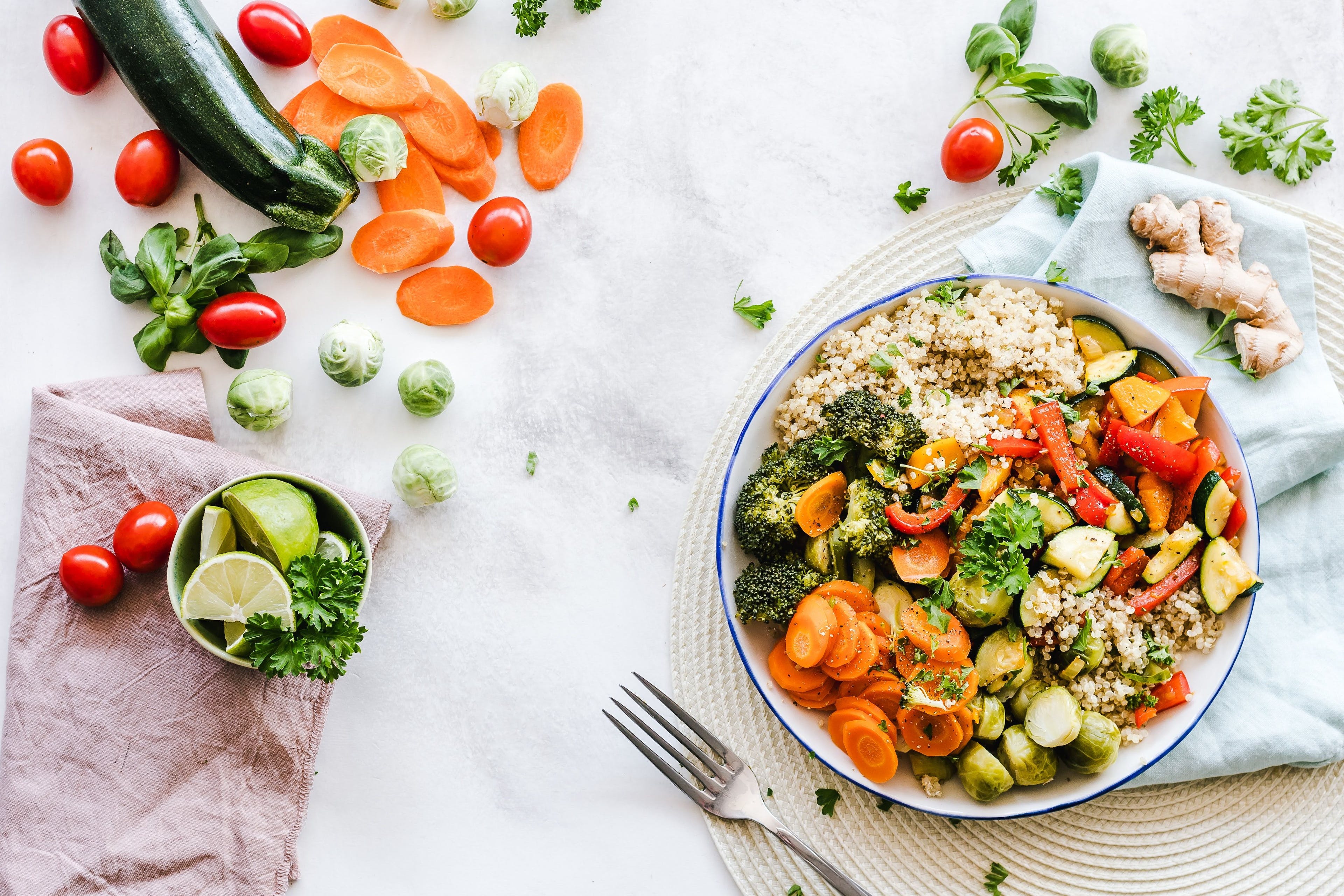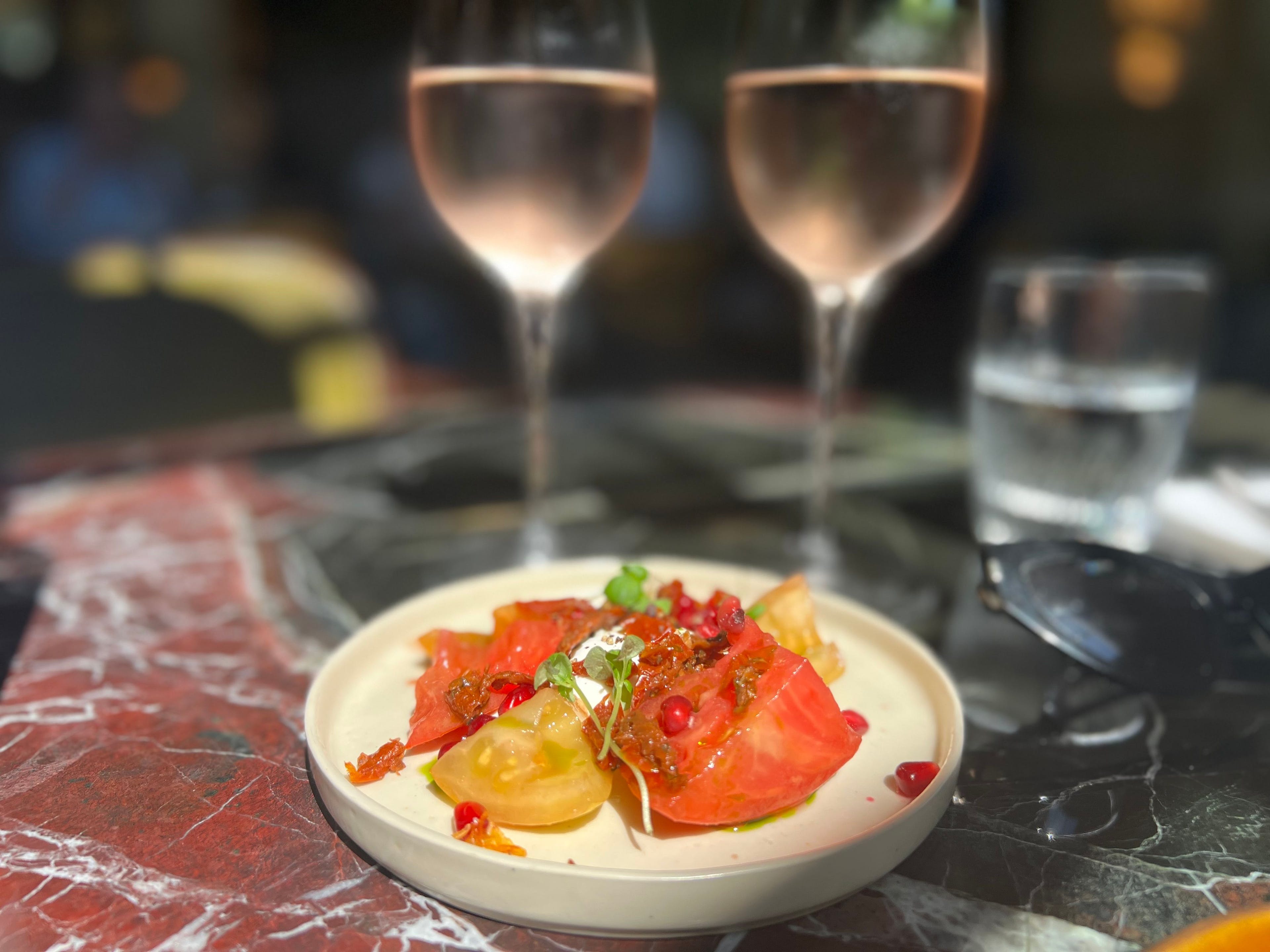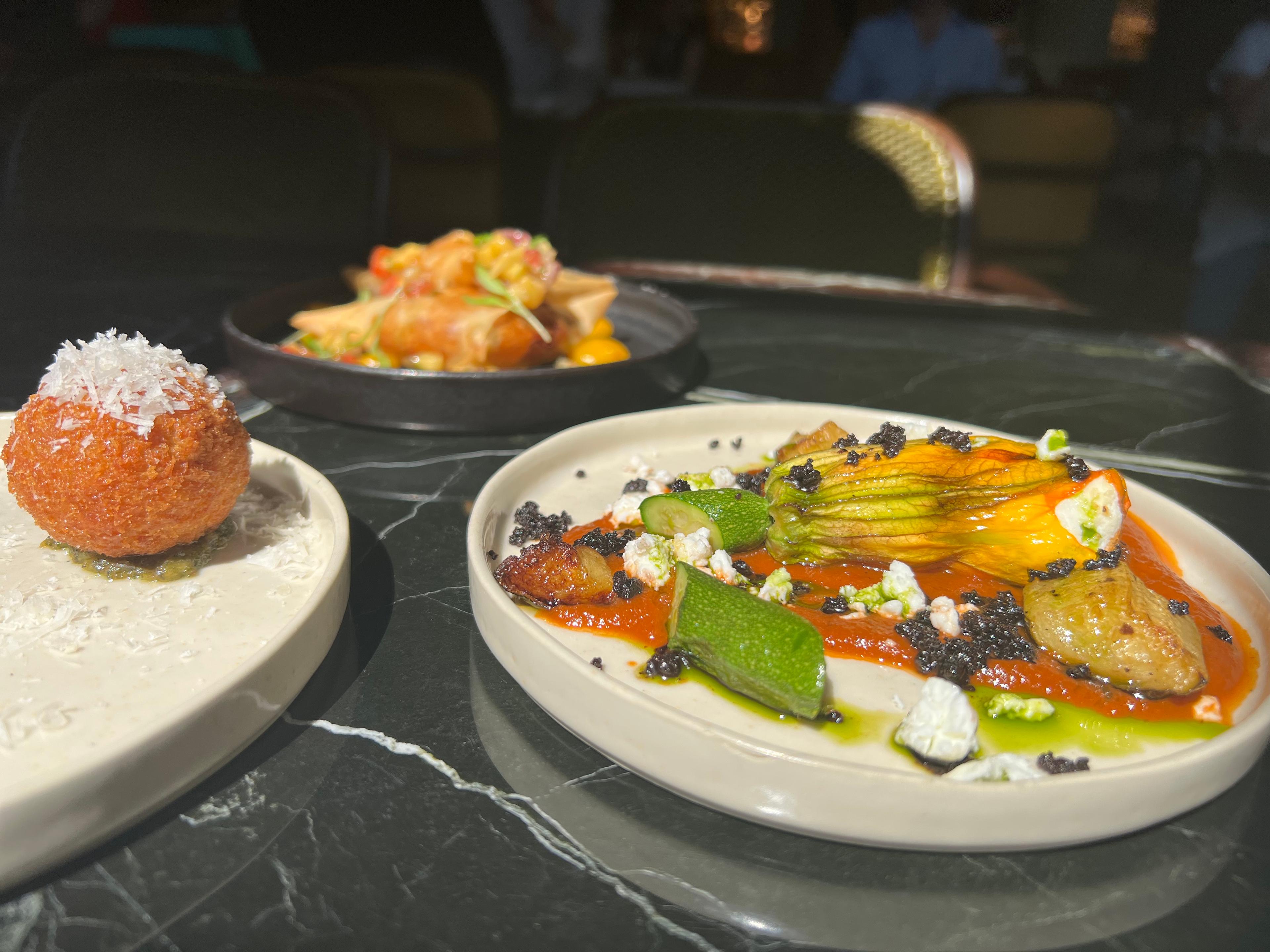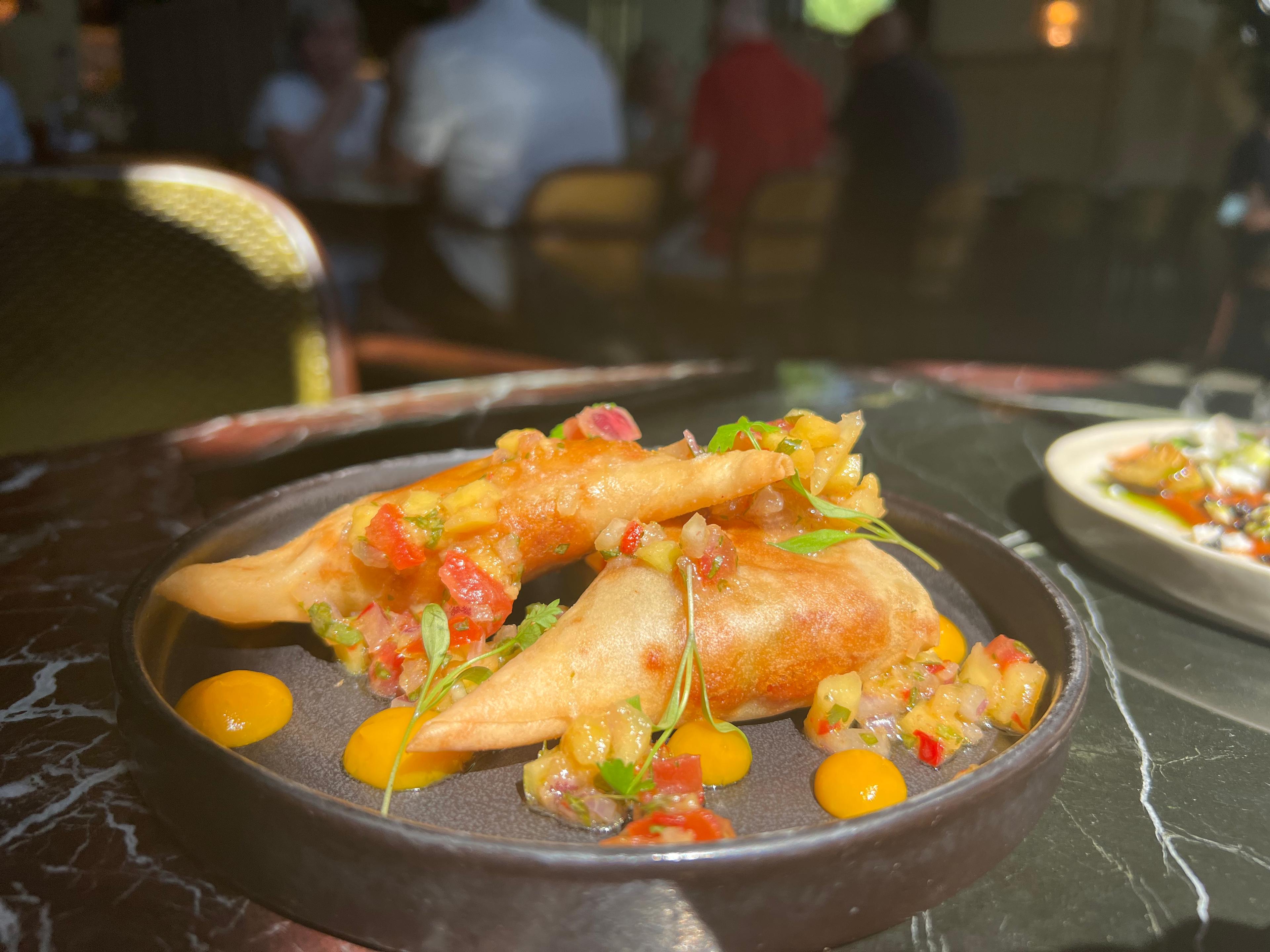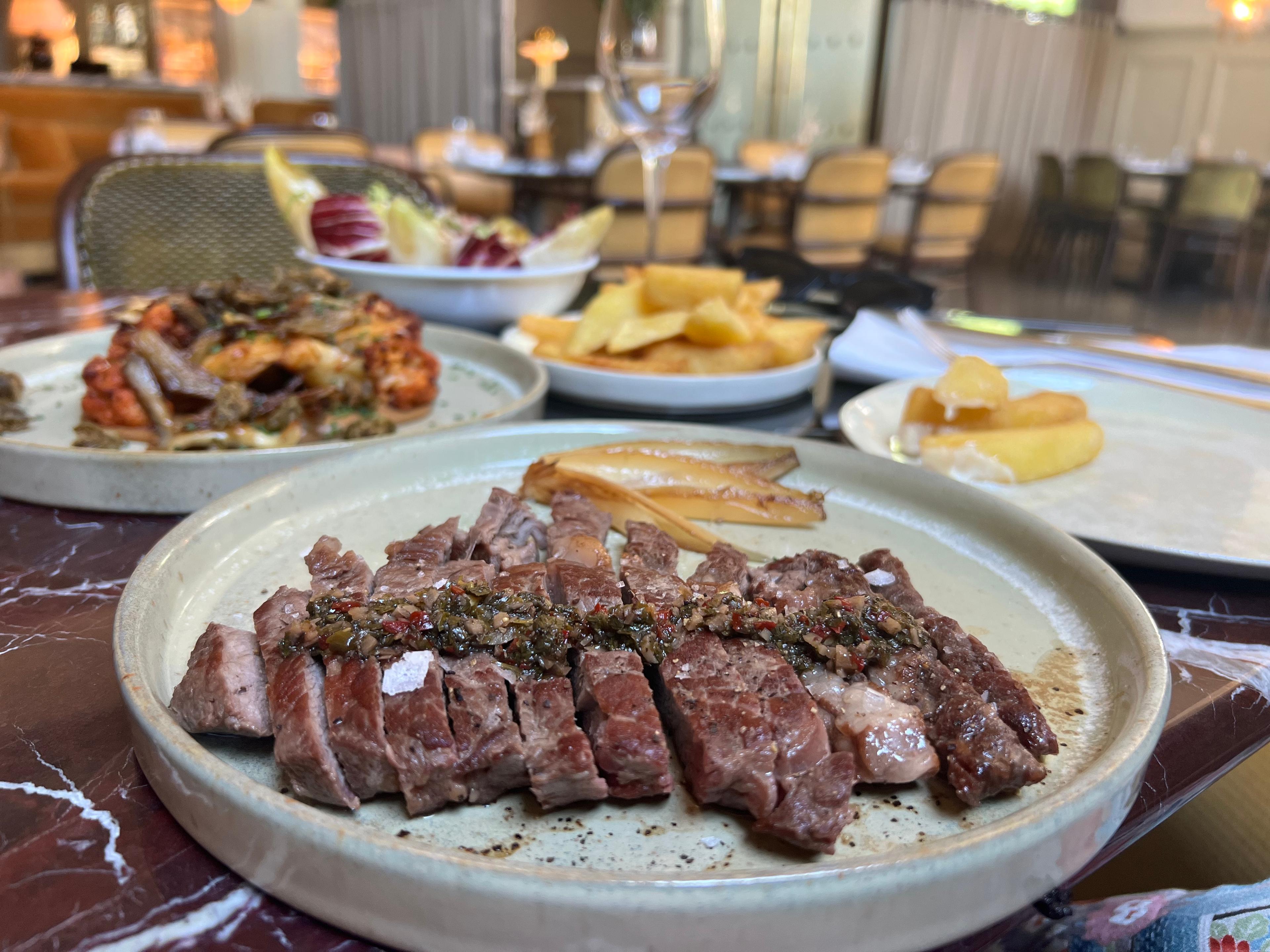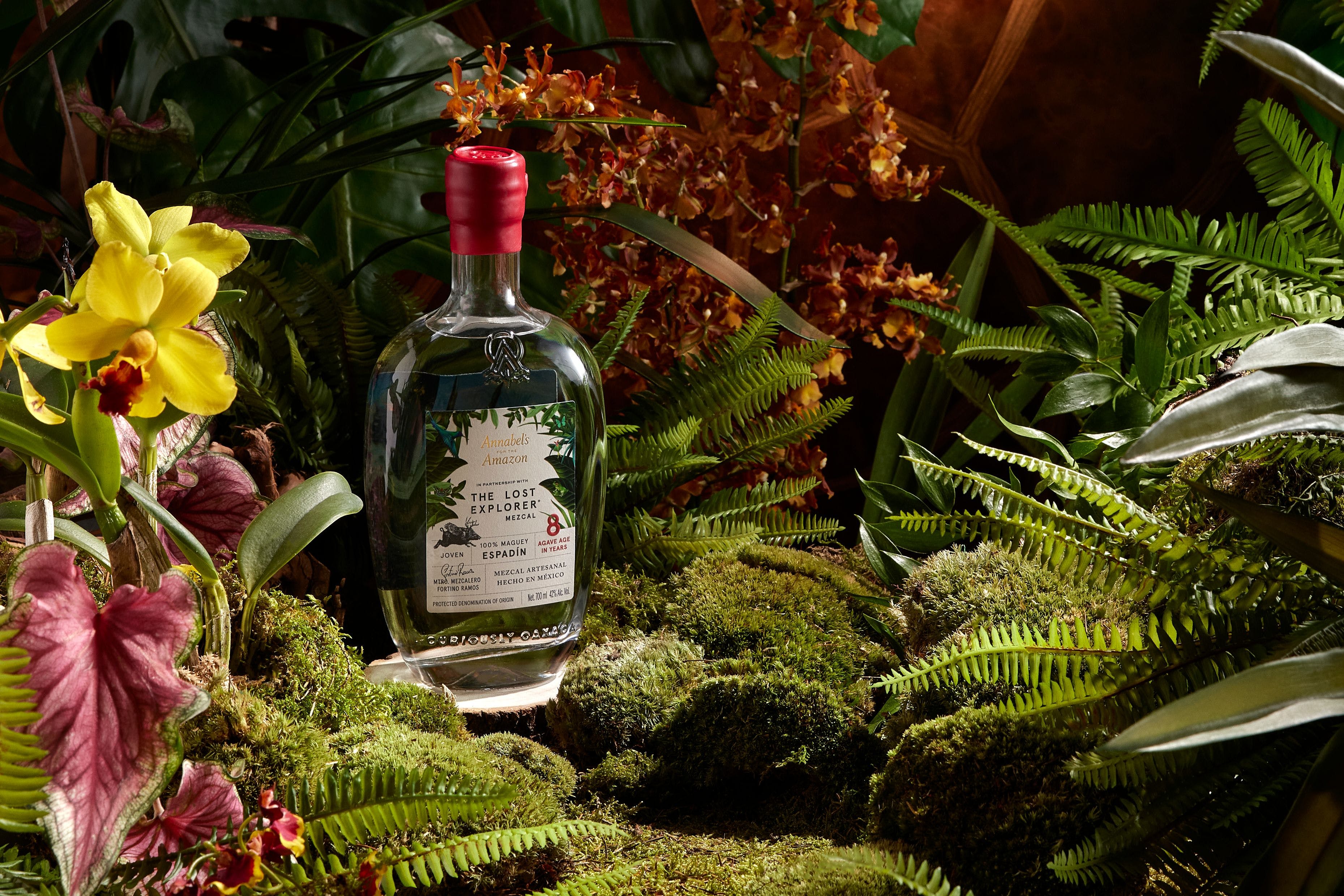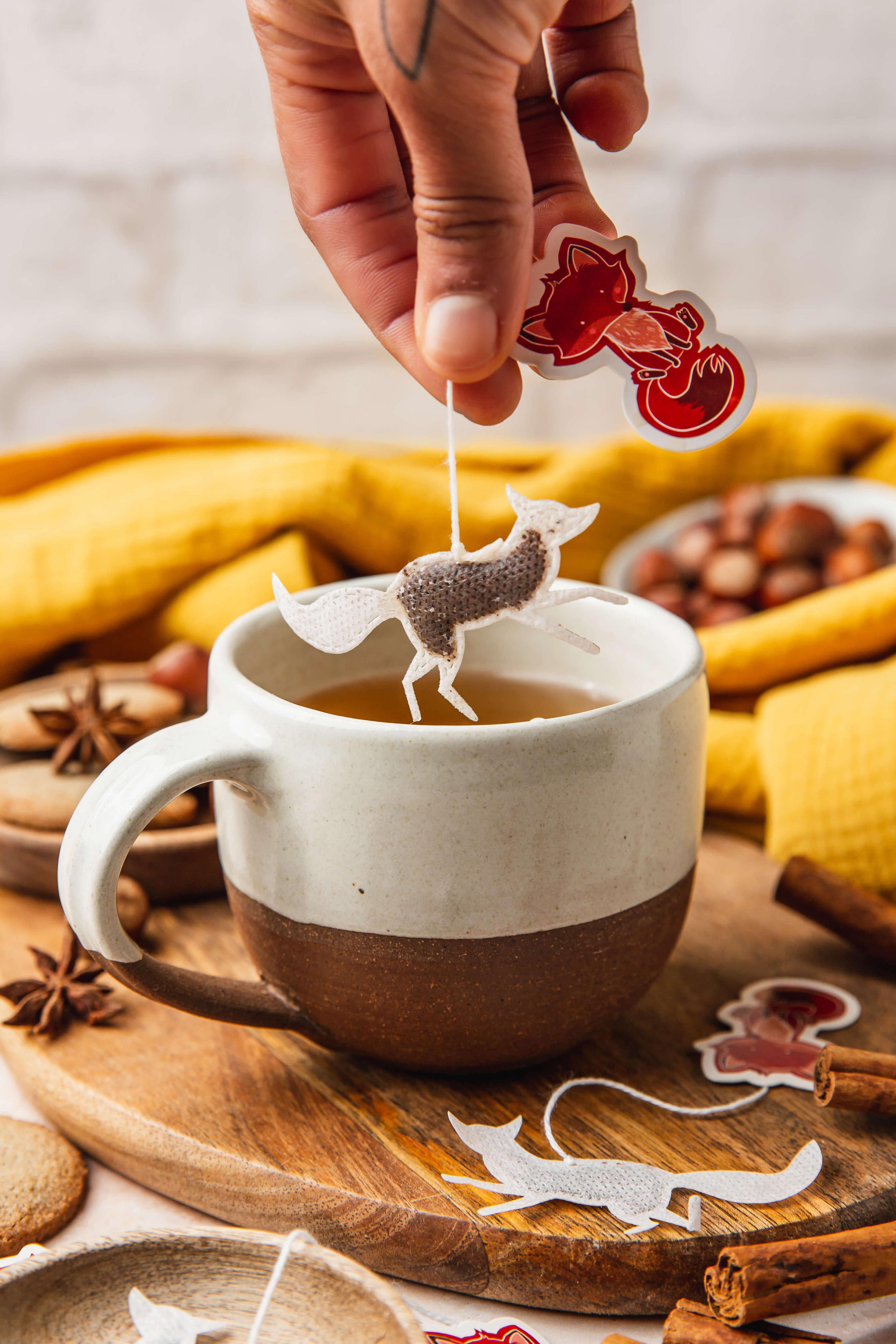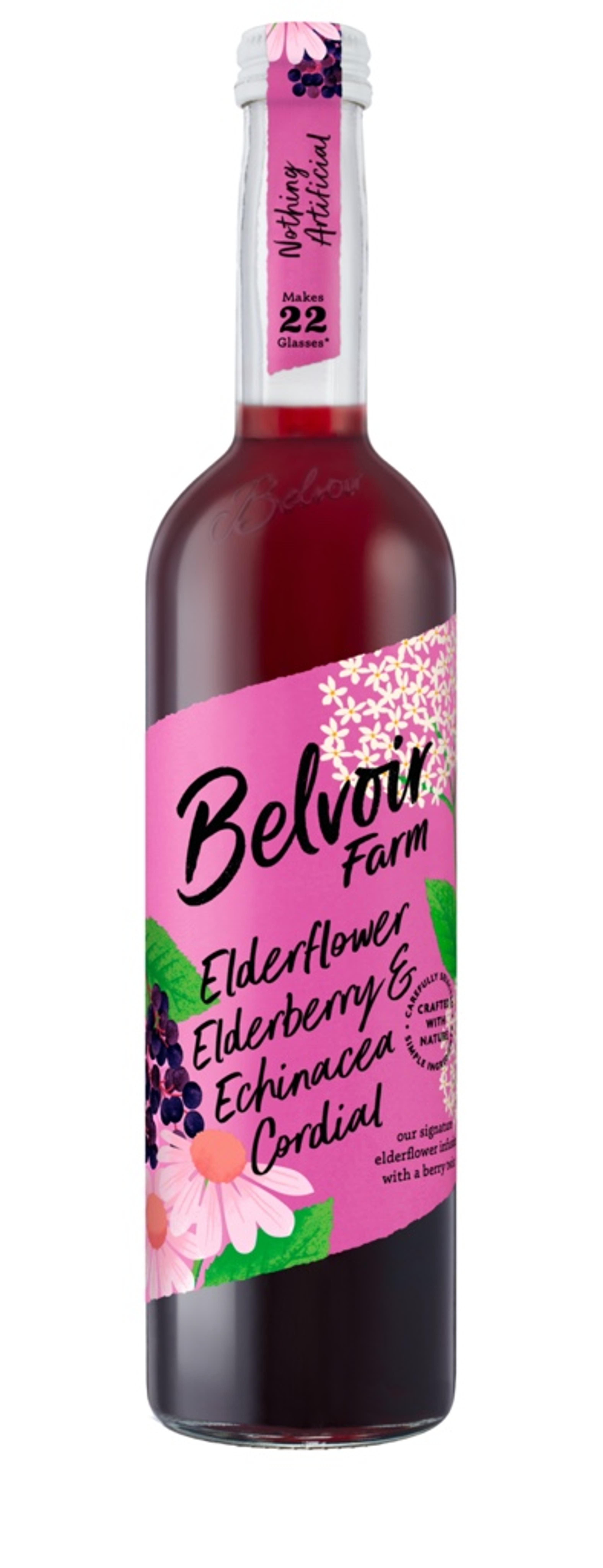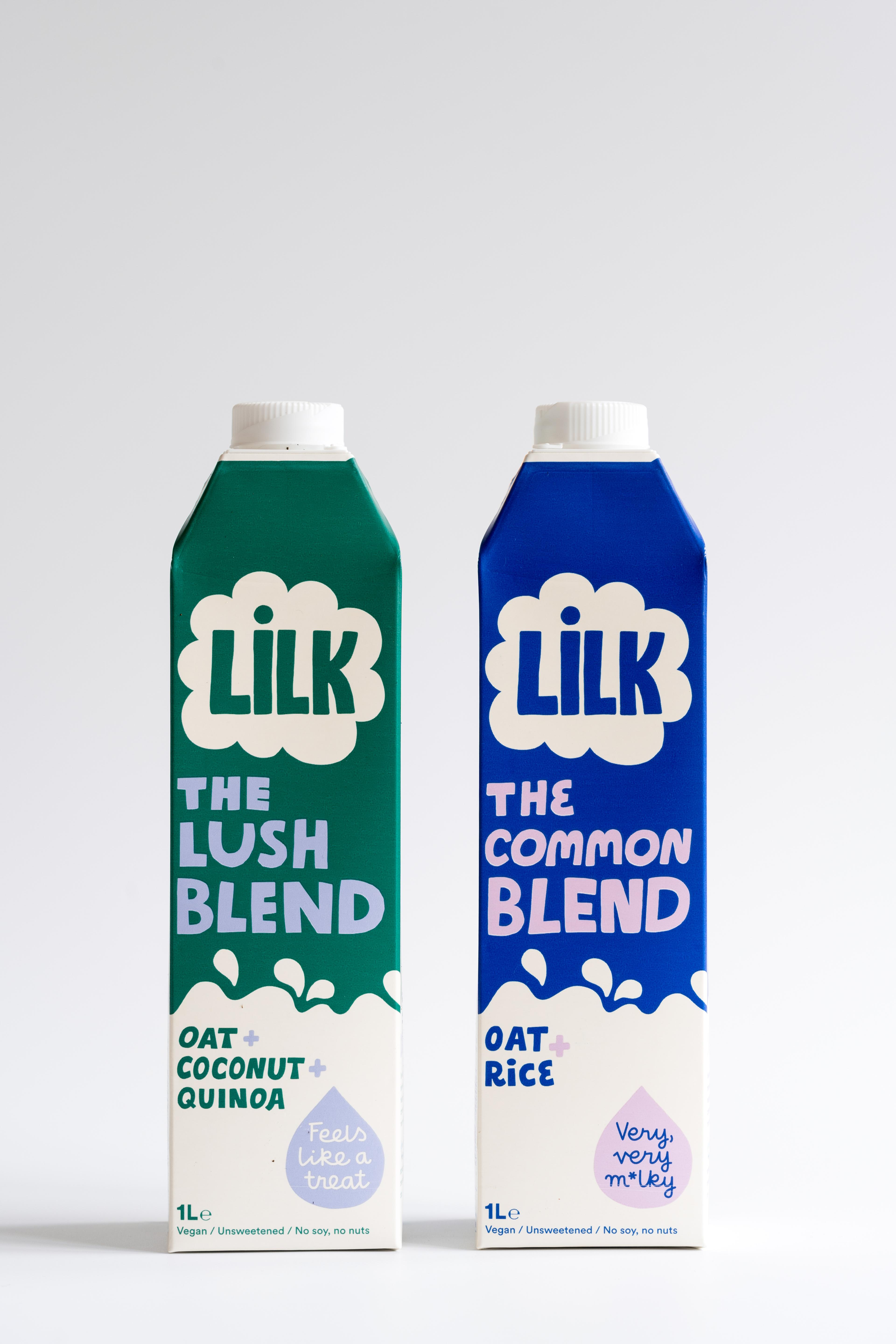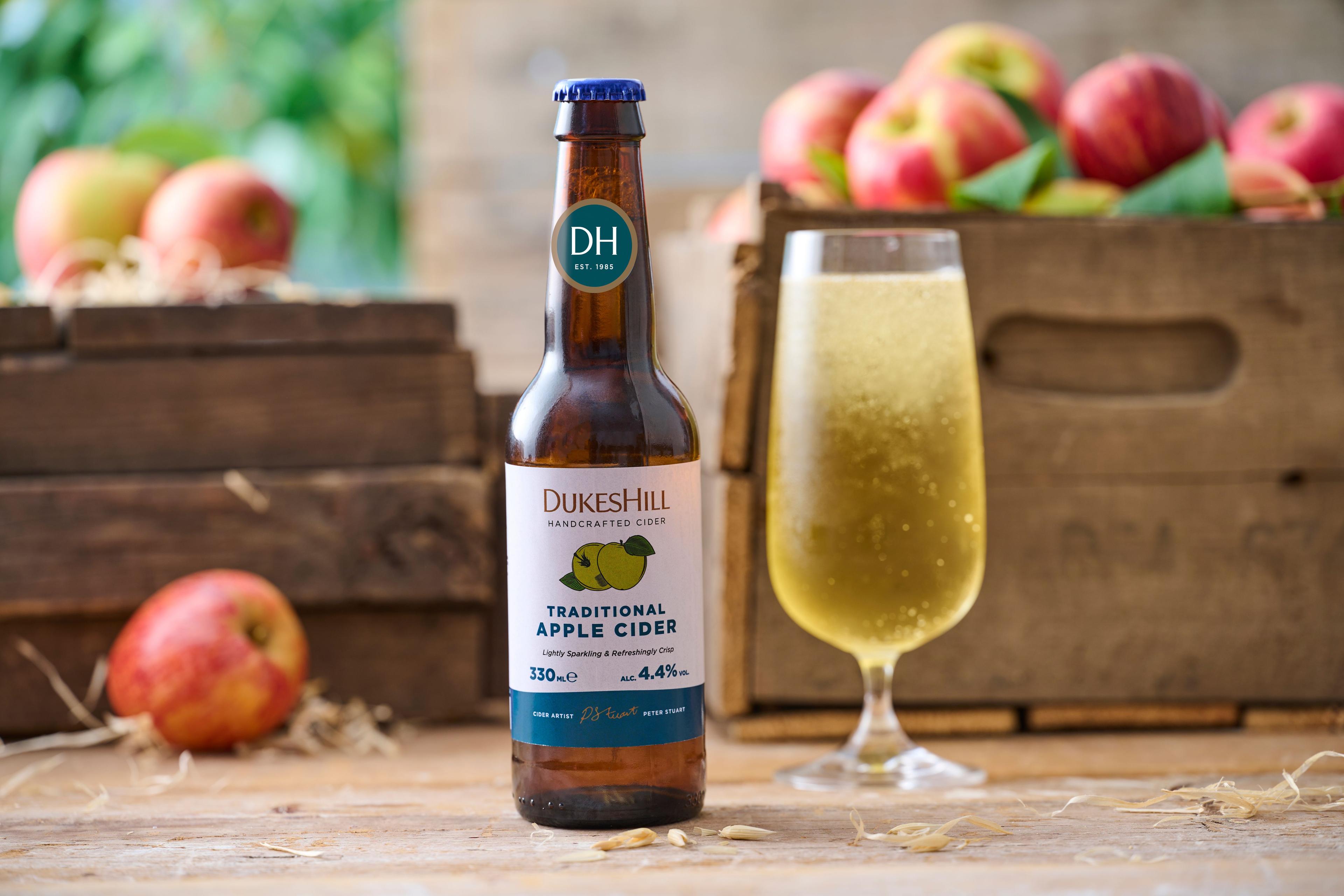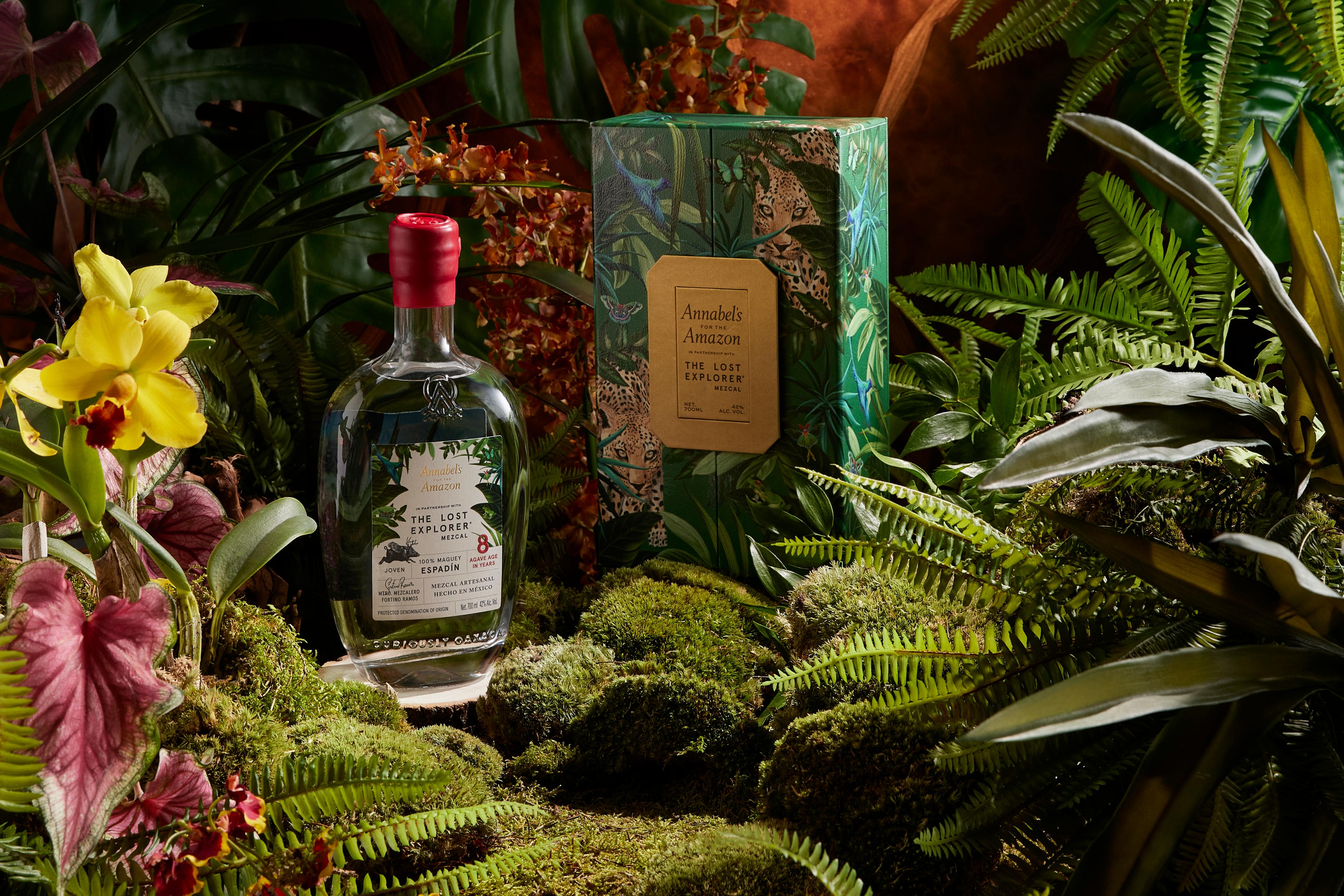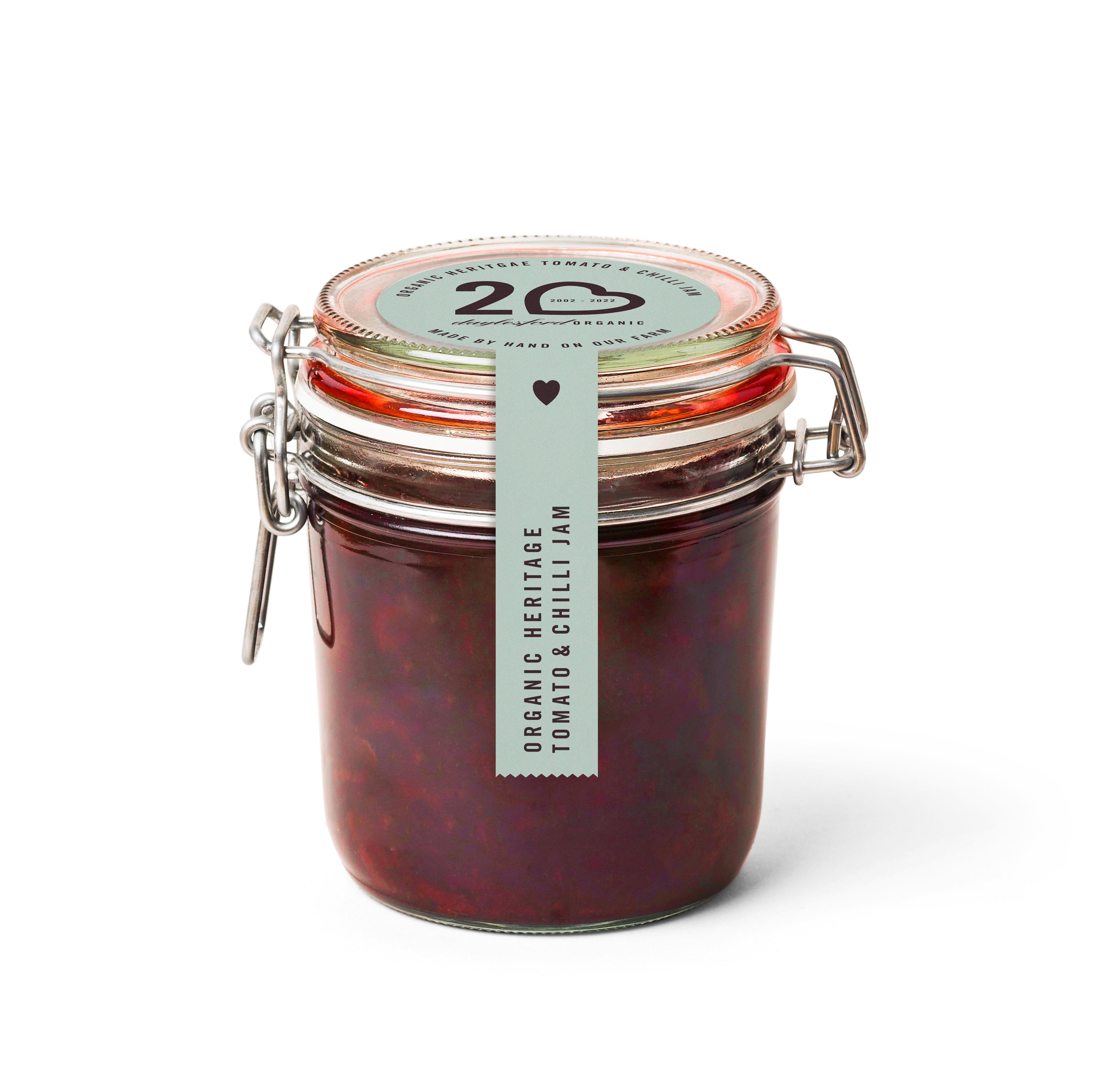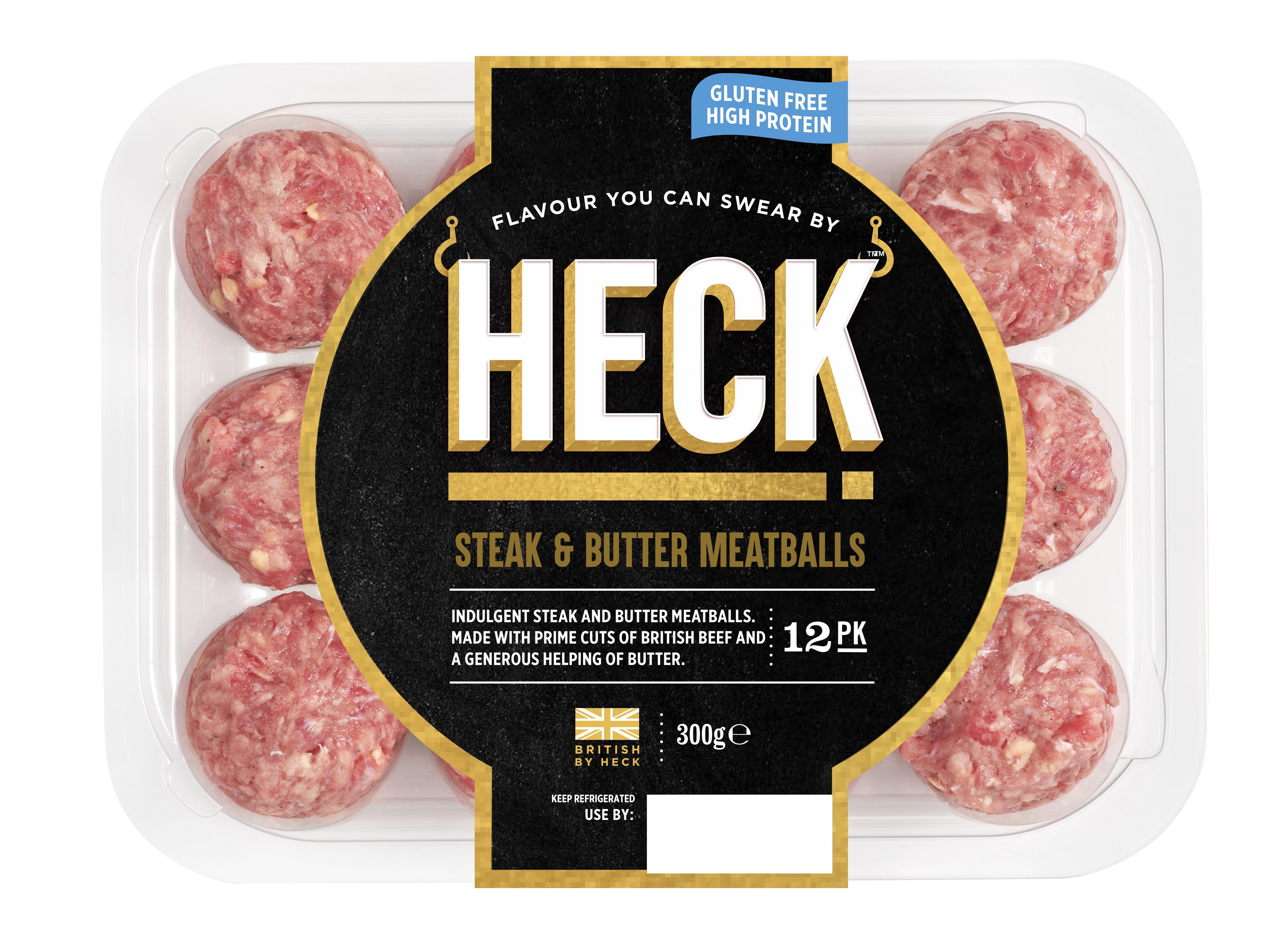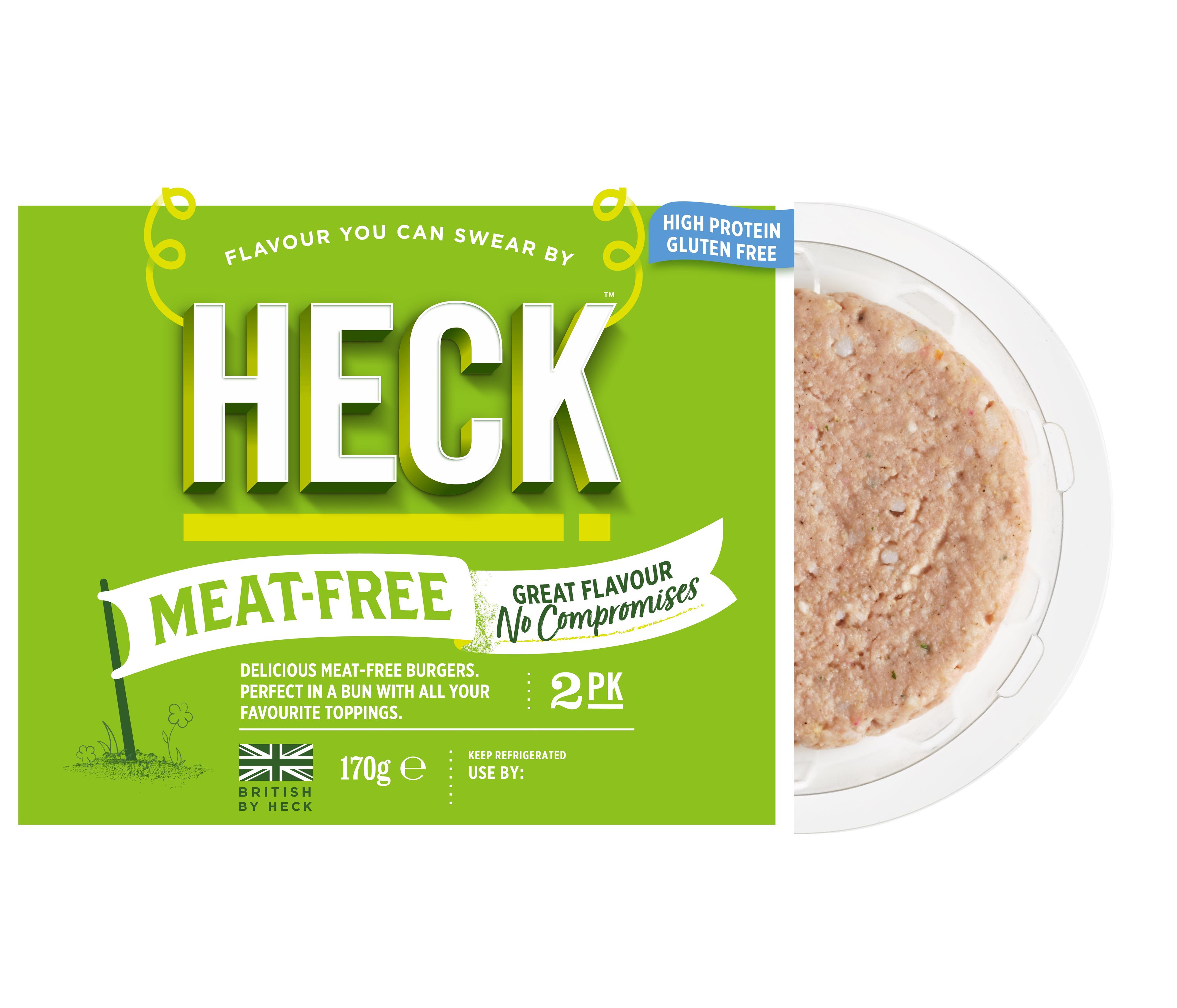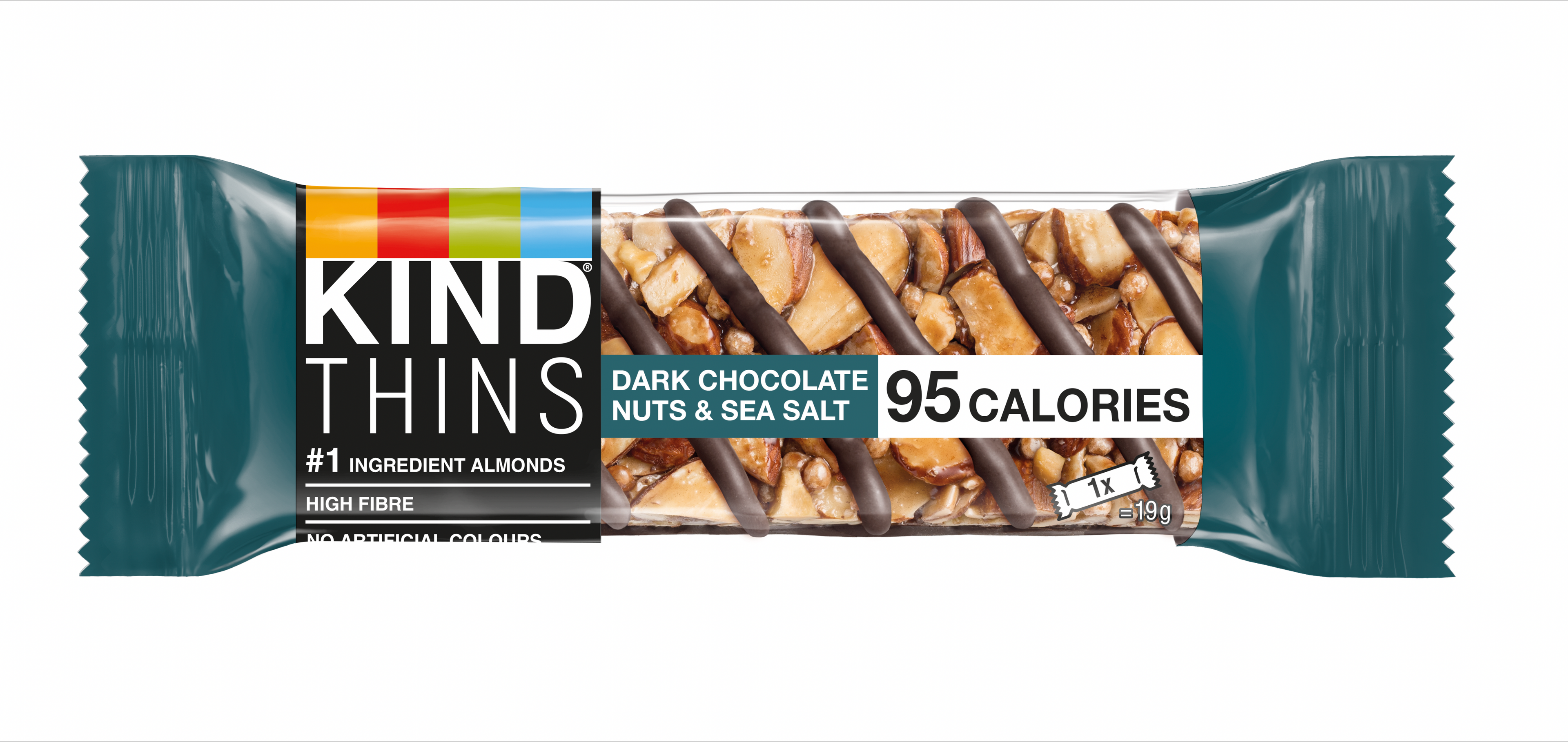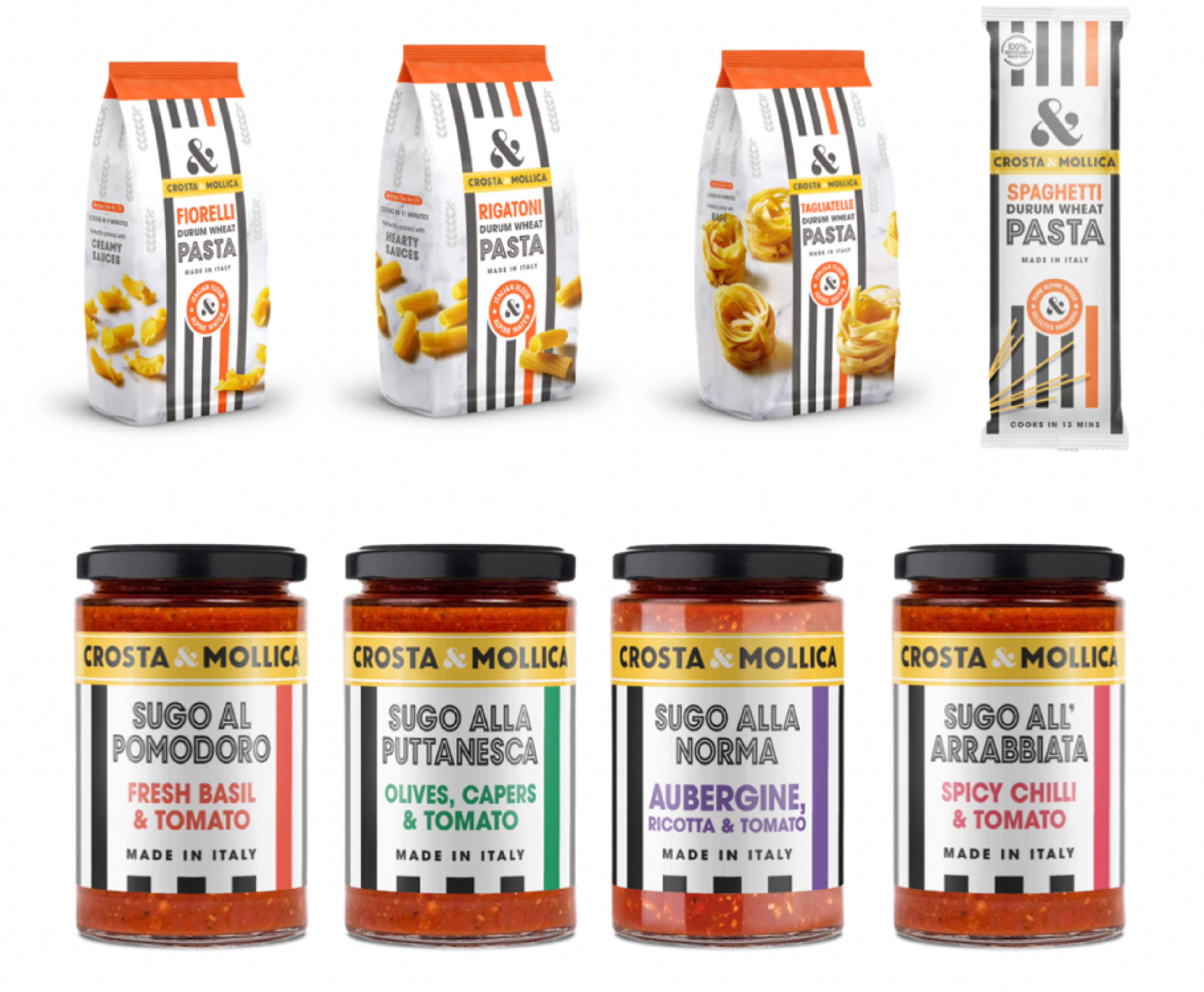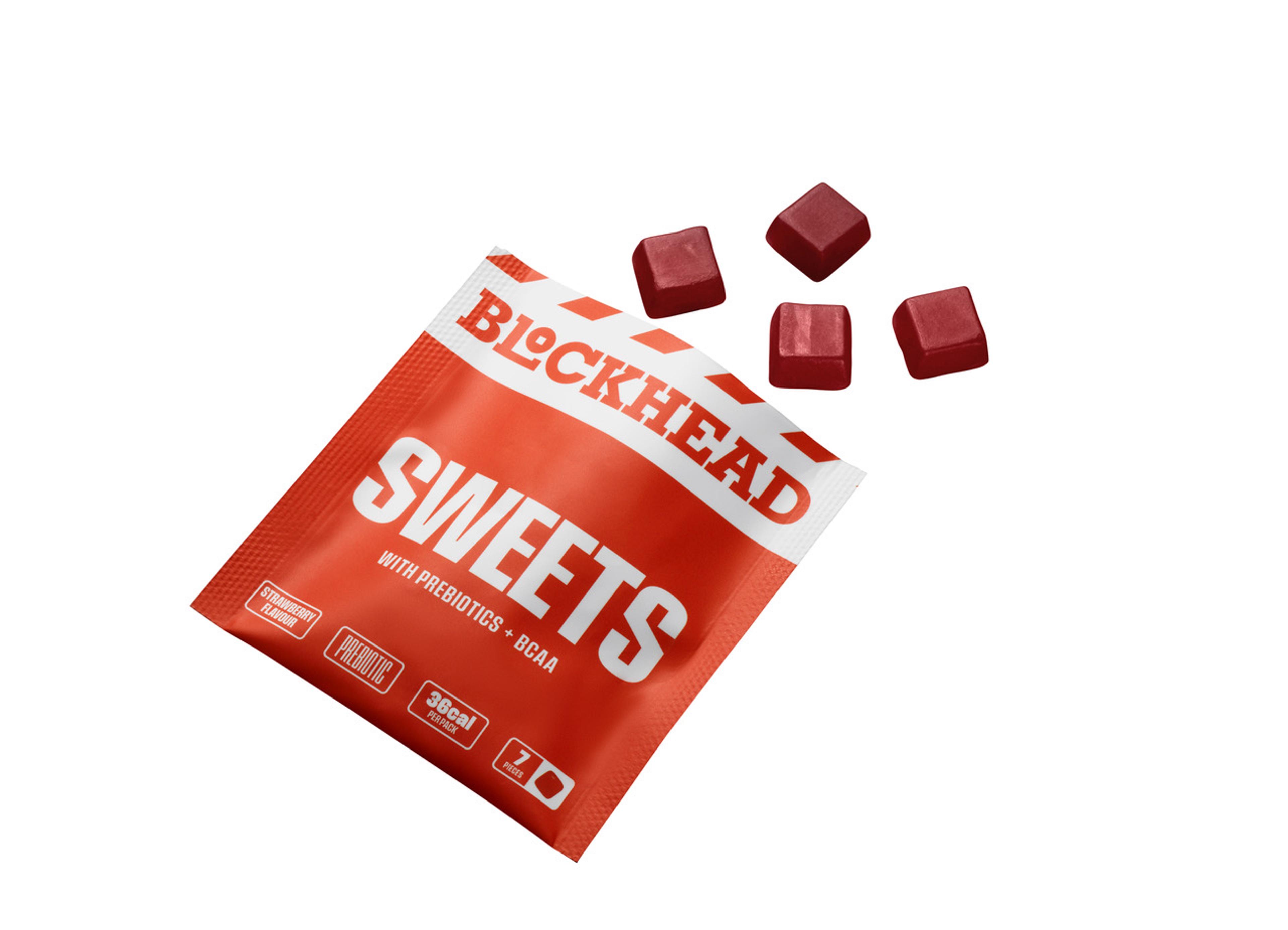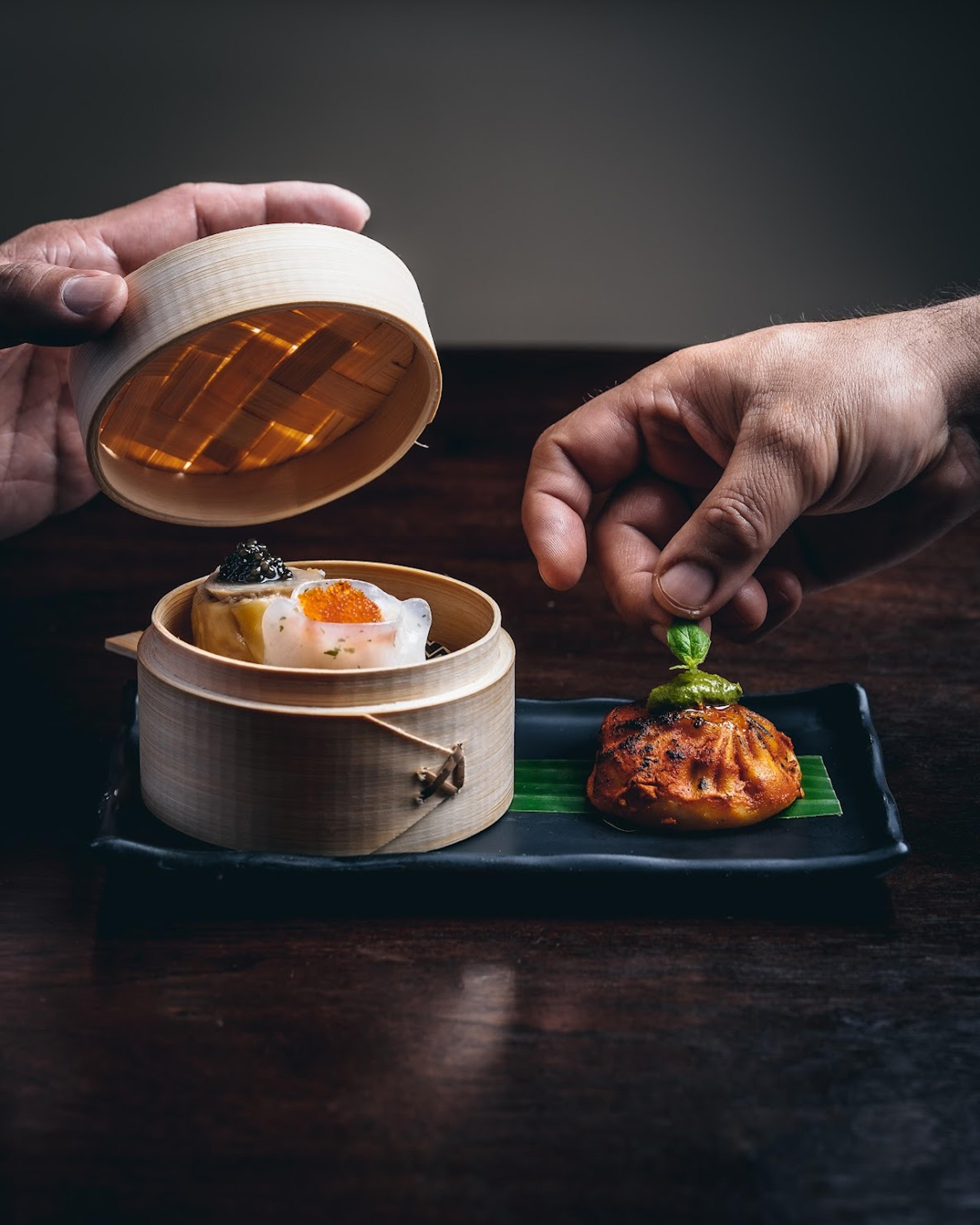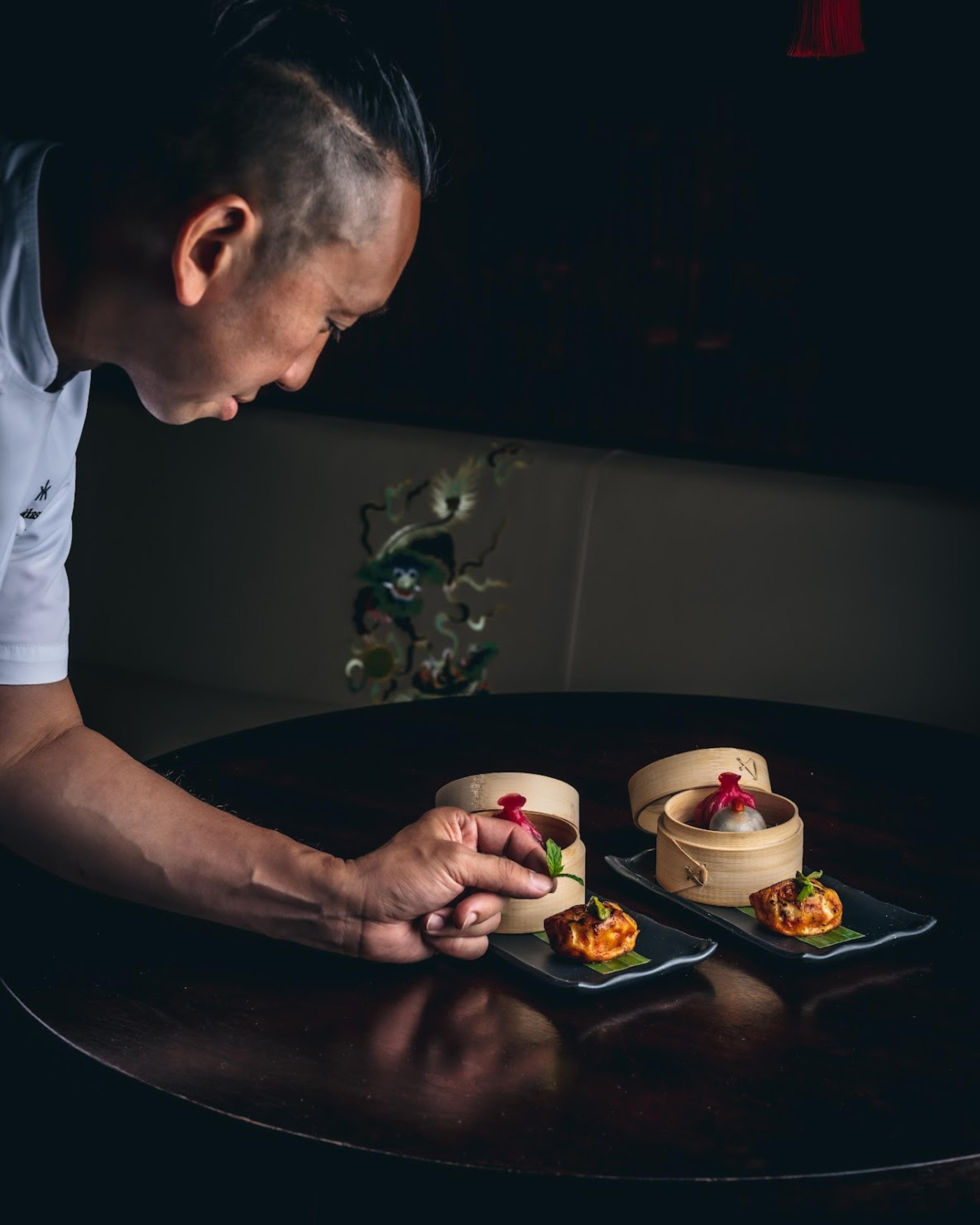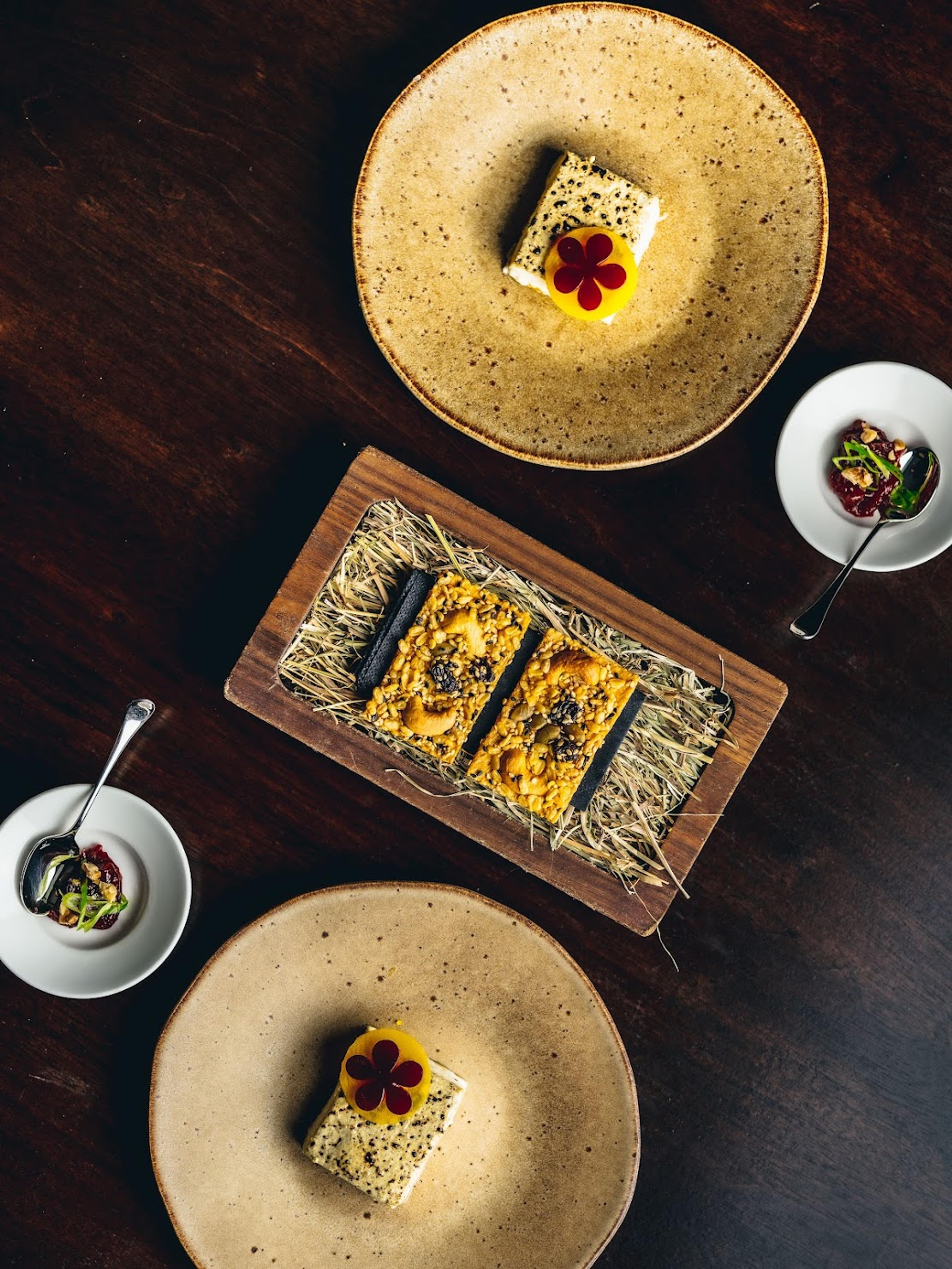If you are just getting started in the amazing art of wine drinking, you may need some help figuring out what you like best – do you like sweet or dry wine, regular or natural wines? After all, you may not like every single type of wine, but how do you go about finding out which ones you prefer?
Below, you can find our personal recommendations on what to try as a beginner to become more familiar with all types of wine, as well as ways to drink them to get the most out of the experience.
Best white wines
Pinot Grigio
This one is a dry white wine from Italy, well known for being very light and carrying subtle hints of fruity flavours, especially lemon and lime. Its flavour is not too complex and can be enjoyed even by itself, making it a great first choice for beginners.
As you get started in wine drinking, you may also not want to break the bank right away. Fortunately, there are many brands producing Pinot Grigio at a very affordable price, so you won’t need to worry about that.
Vinho Verde
This white wine originating from Portugal has a crisp taste of citrus and is generally described as sweet and effervescent.
Vinho Verde is quite low in alcohol so it feels very easy to drink, but don’t go overboard either – whenever you drink more wine make sure you stay hydrated to avoid a bad headache the day after.

Prosecco
Made in Northern Italy, Prosecco is probably the best sparkling wine to try when you want something to drink at the start of an evening, as it is lighter and sweeter than most other sparkling wines (like Champagne or Cava). It’s a very refreshing drink best served with appetizers (for example, cheese and fruits or even salty snacks) loved by people all around the world. Just like Pinot Grigio, this one won’t break the bank either as it’s widely available and often reasonably priced.
Best red wines
Cabernet Sauvignon
Originating in France, this one is a great choice for anyone getting started in drinking red wines – it’s fruity with slight hints of vanilla and can be easily enjoyed by itself or in combination with other foods.
Red wines are usually known for making your mouth feel dry because of the tannins found in it, but this wine distracts you from the dryness with its fruity sweetness.
Merlot
Another wine from France, this one has spread all over the world making it one of the most popular. Most people say its taste is much smoother and subtle compared to other red wines, so if you don’t want to try out the strong ones first this is a great alternative.
This wine works great paired up with foods that have a stronger taste – things like gorgonzola, foods rich in garlic or served with sweet and sour sauces and red meats all go great with Merlot, making it the perfect gateway wine into the world of food and wine pairings.
Zinfandel
We’re heading to Croatia to try out this slightly different red wine now. Known for its hints of sweet black fruits and chocolate in an otherwise fairly dry wine.
This one is also known for having a higher alcohol level (15% or more) making it taste stronger compared to other wines.
Ultimately, don’t be afraid to try out anything new throughout your wine-tasting journey, and if it sounds good to you, give it a try. The biggest surprises and most enjoyable encounters sometimes come in the most unexpected places.




